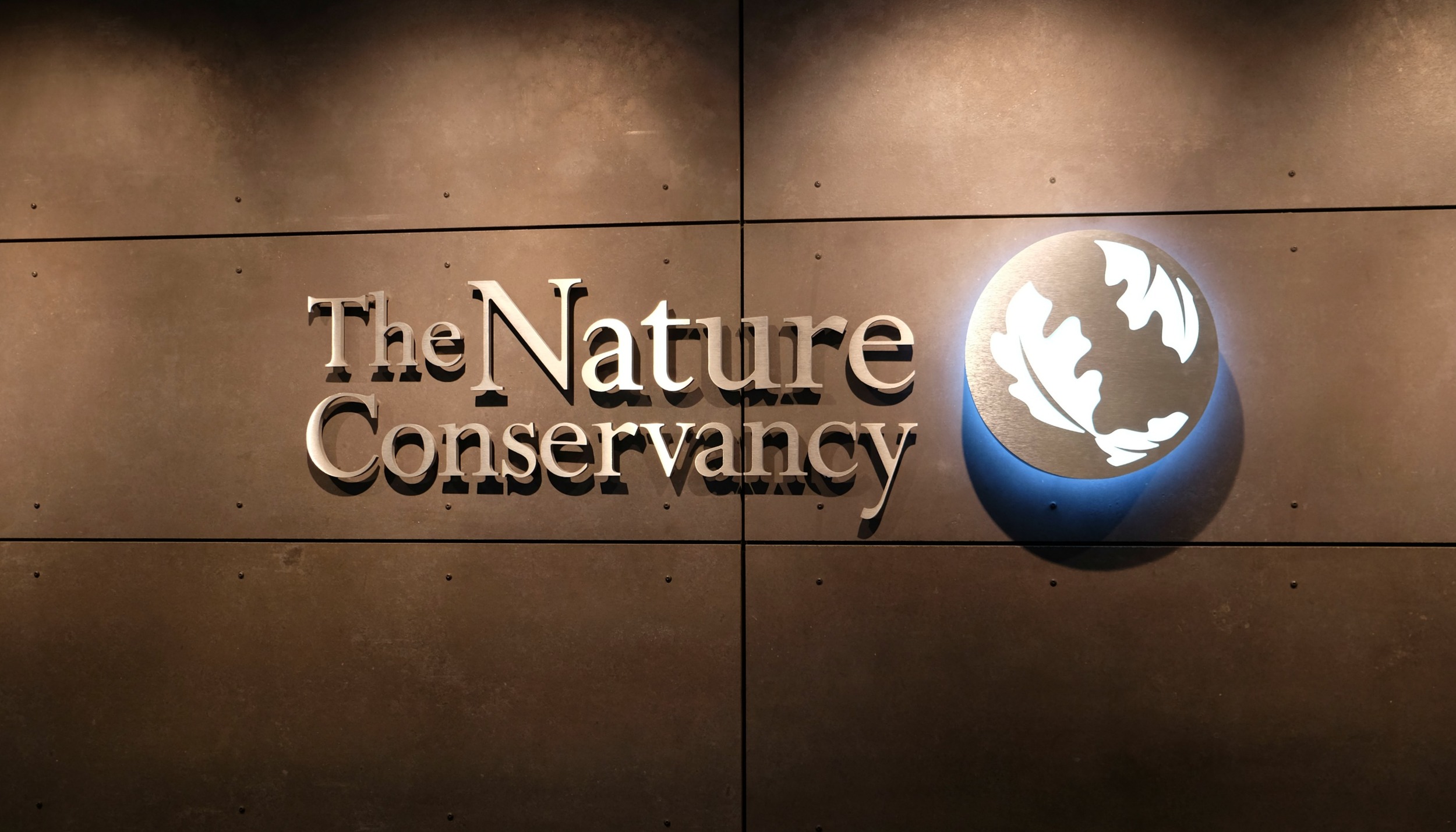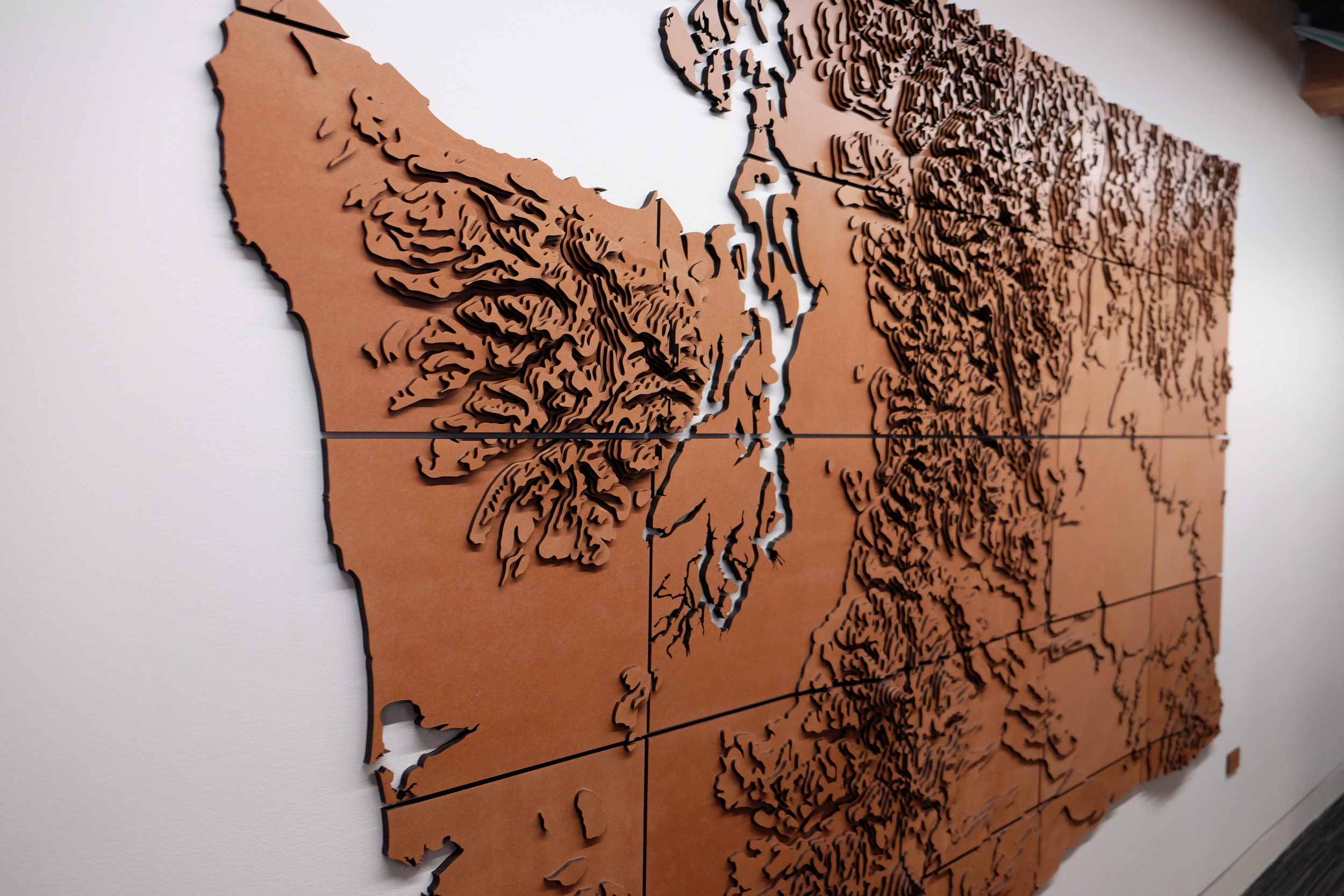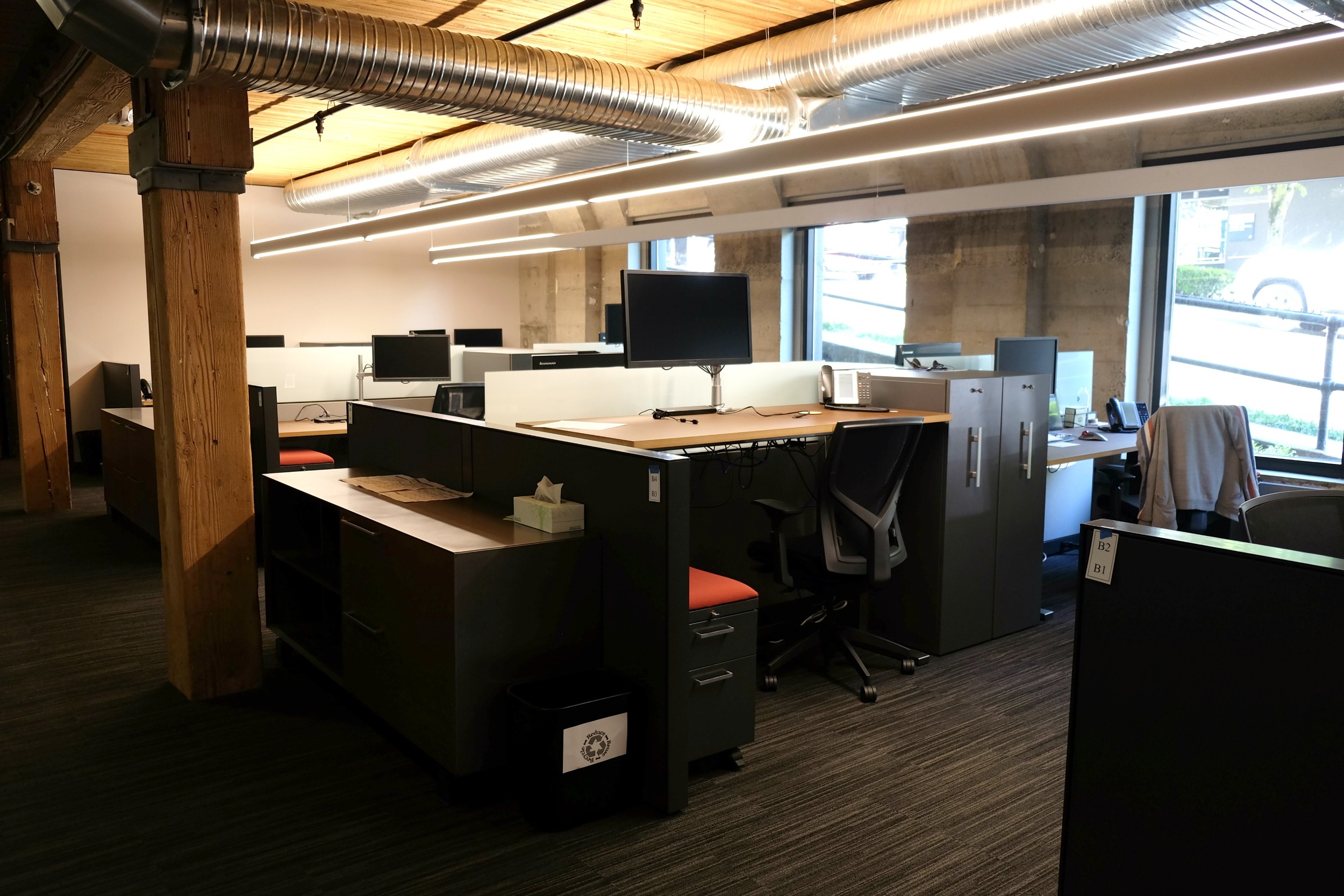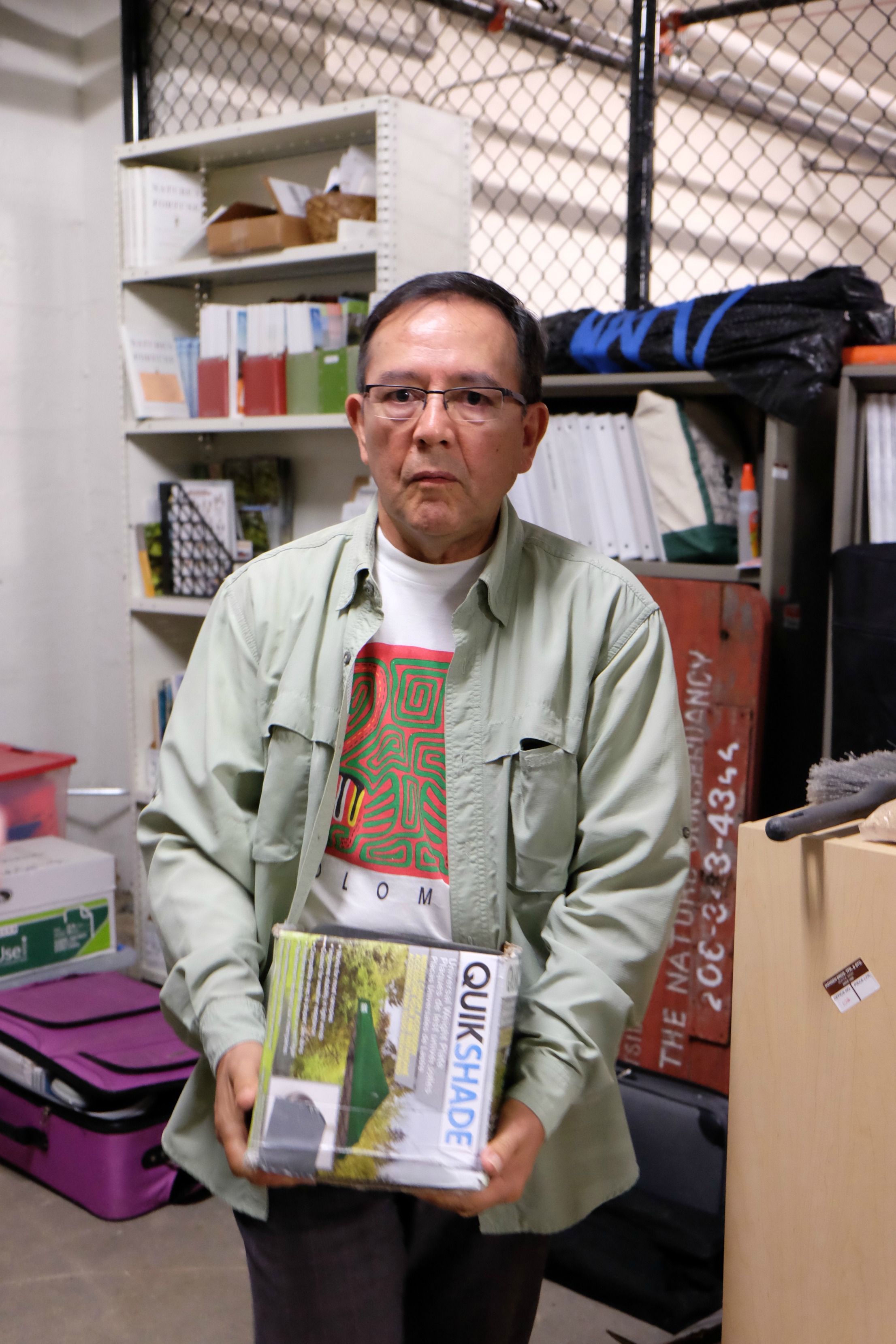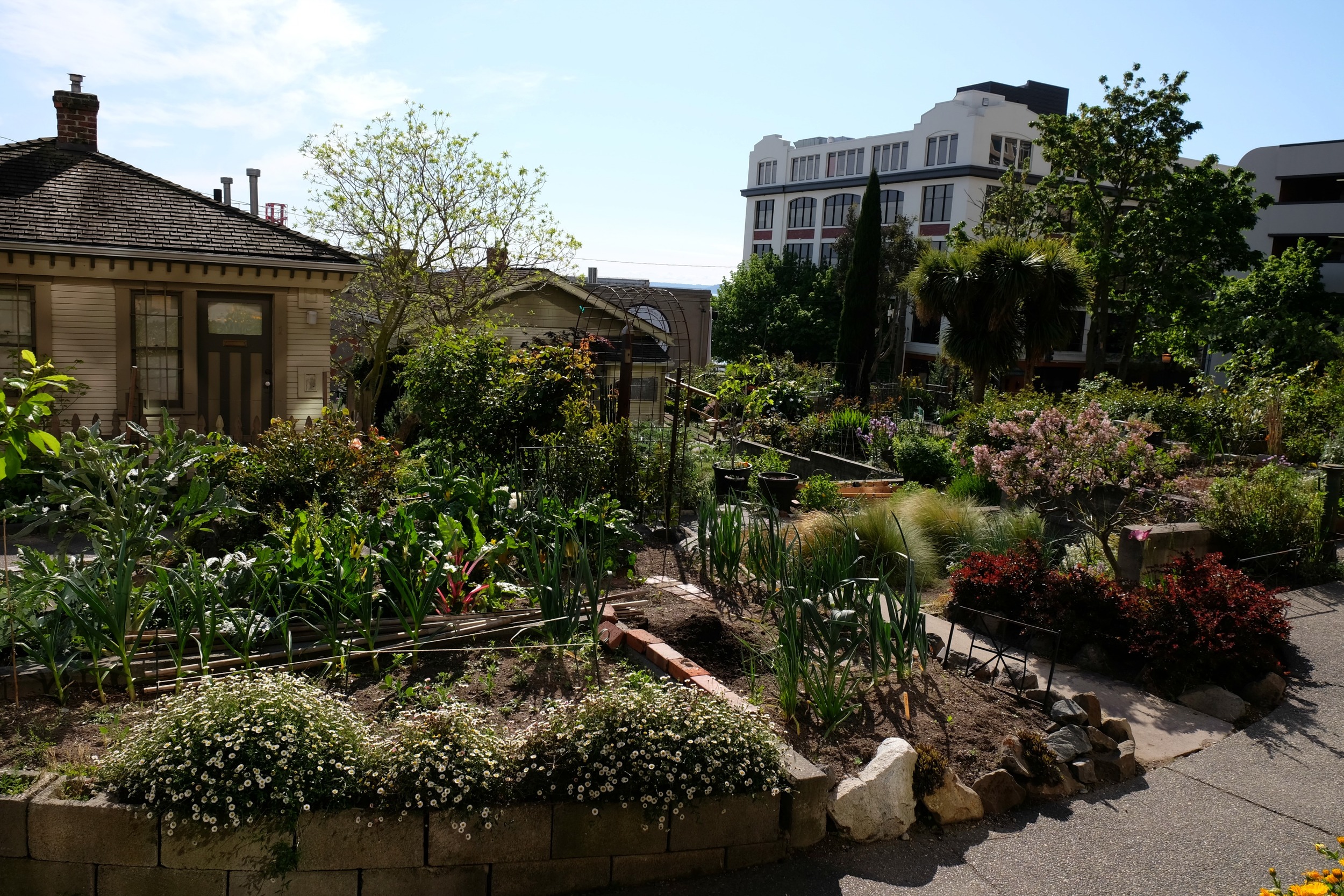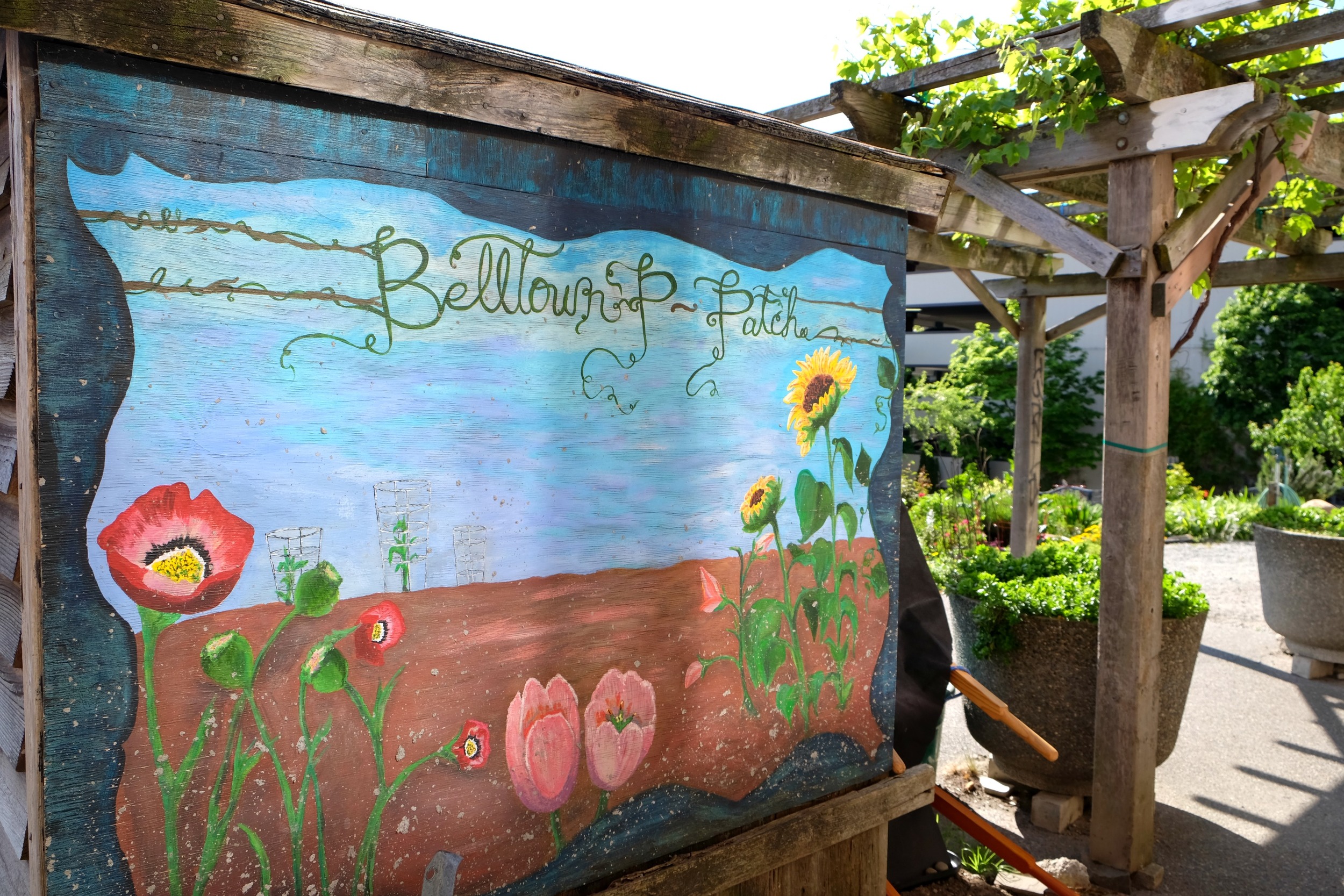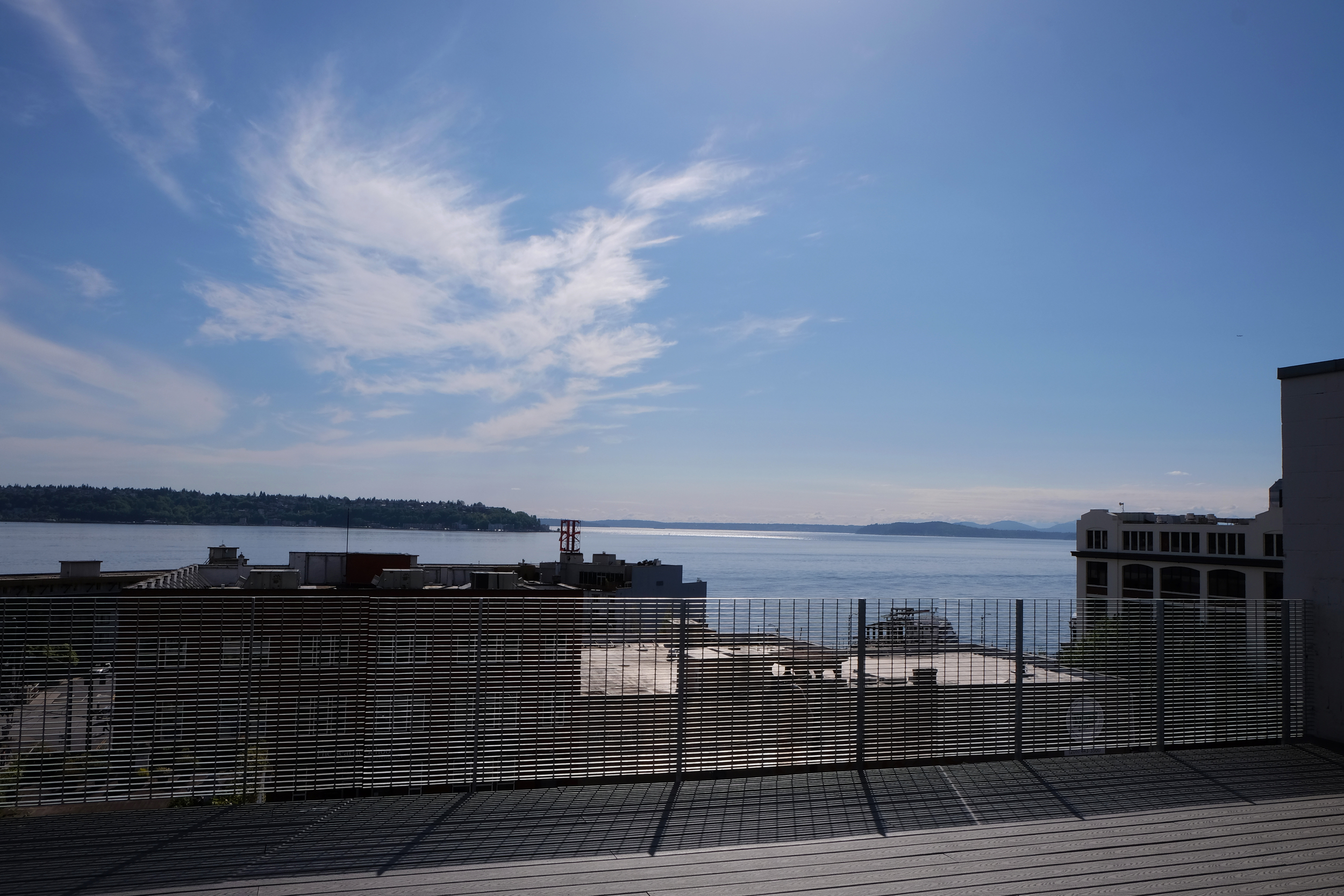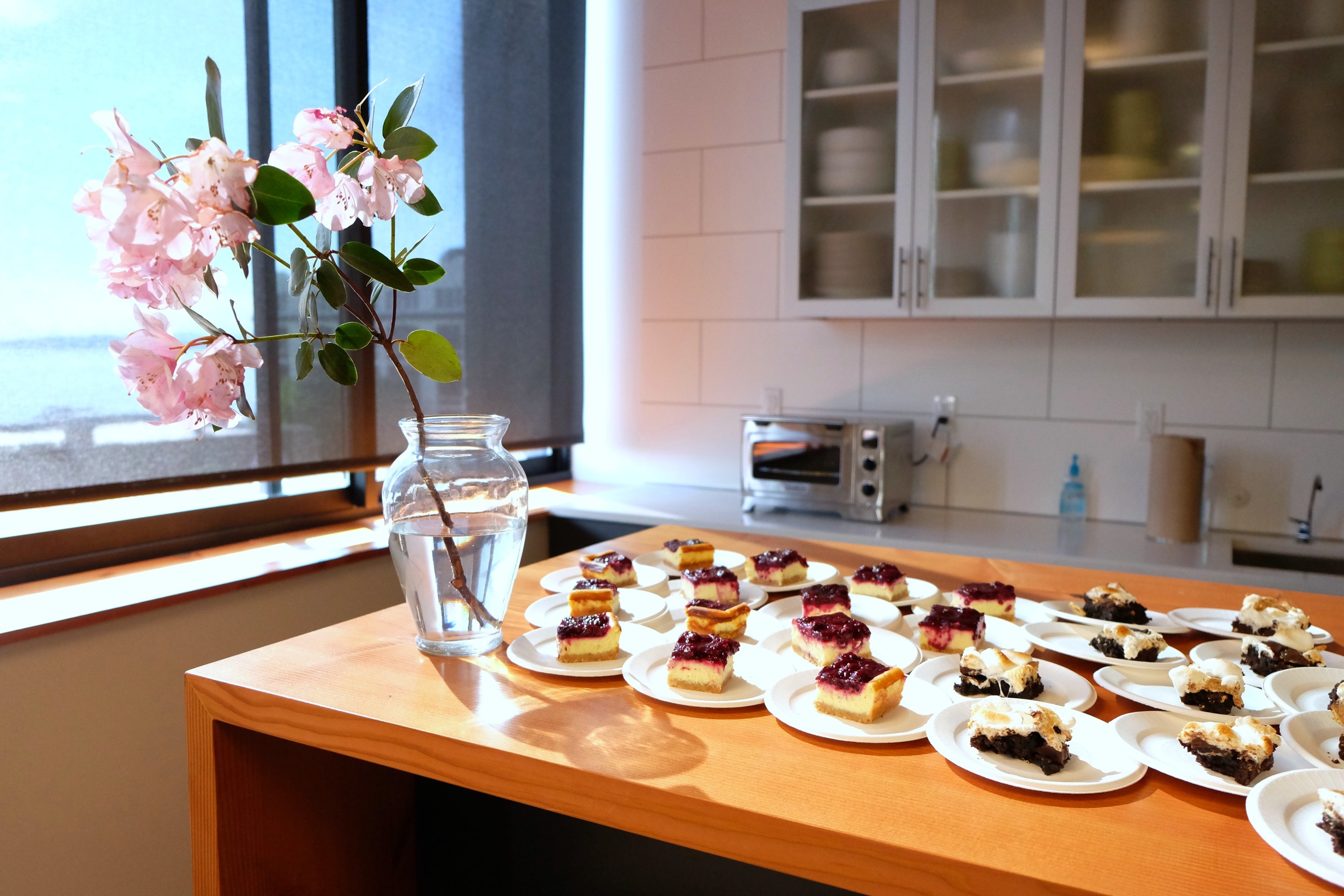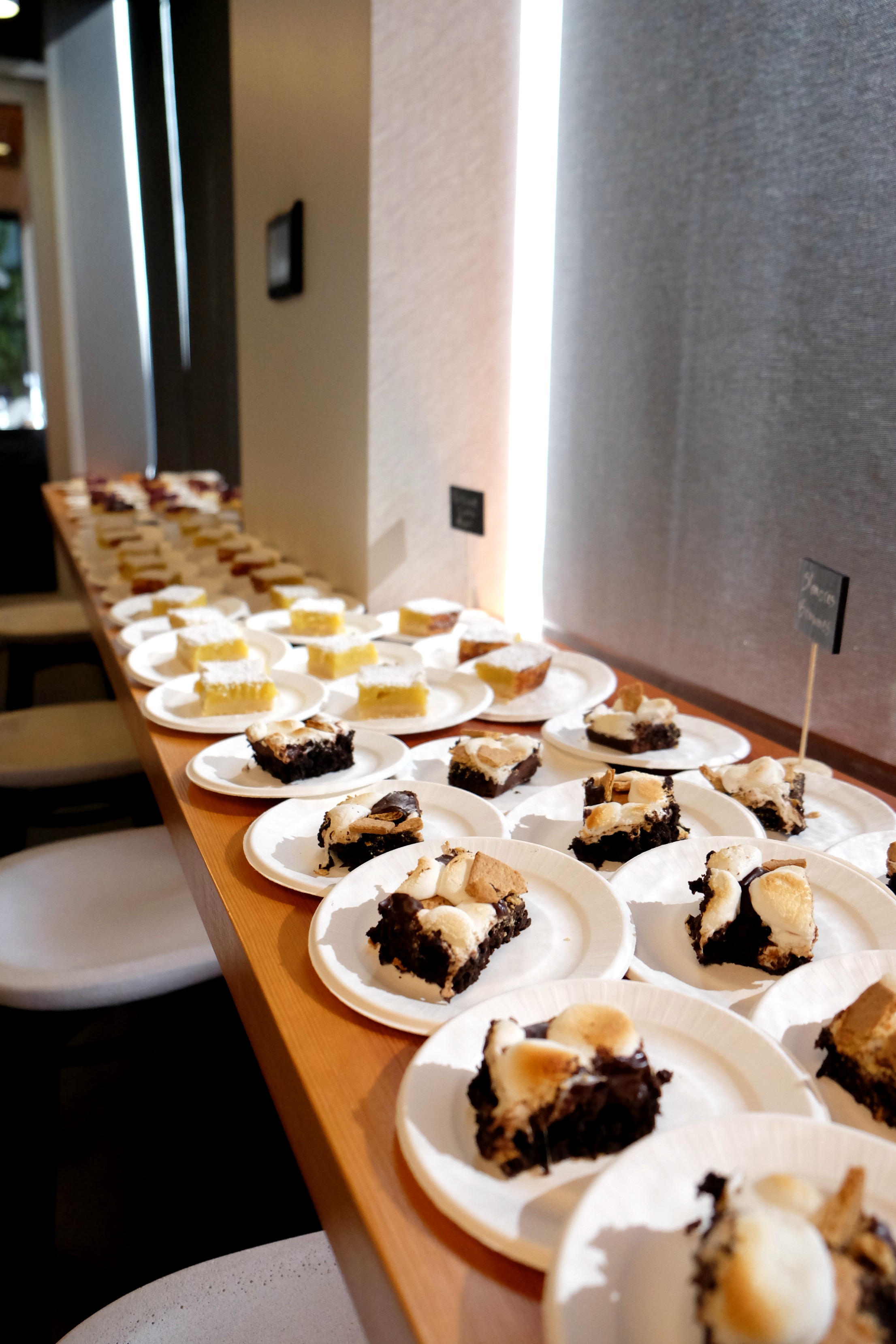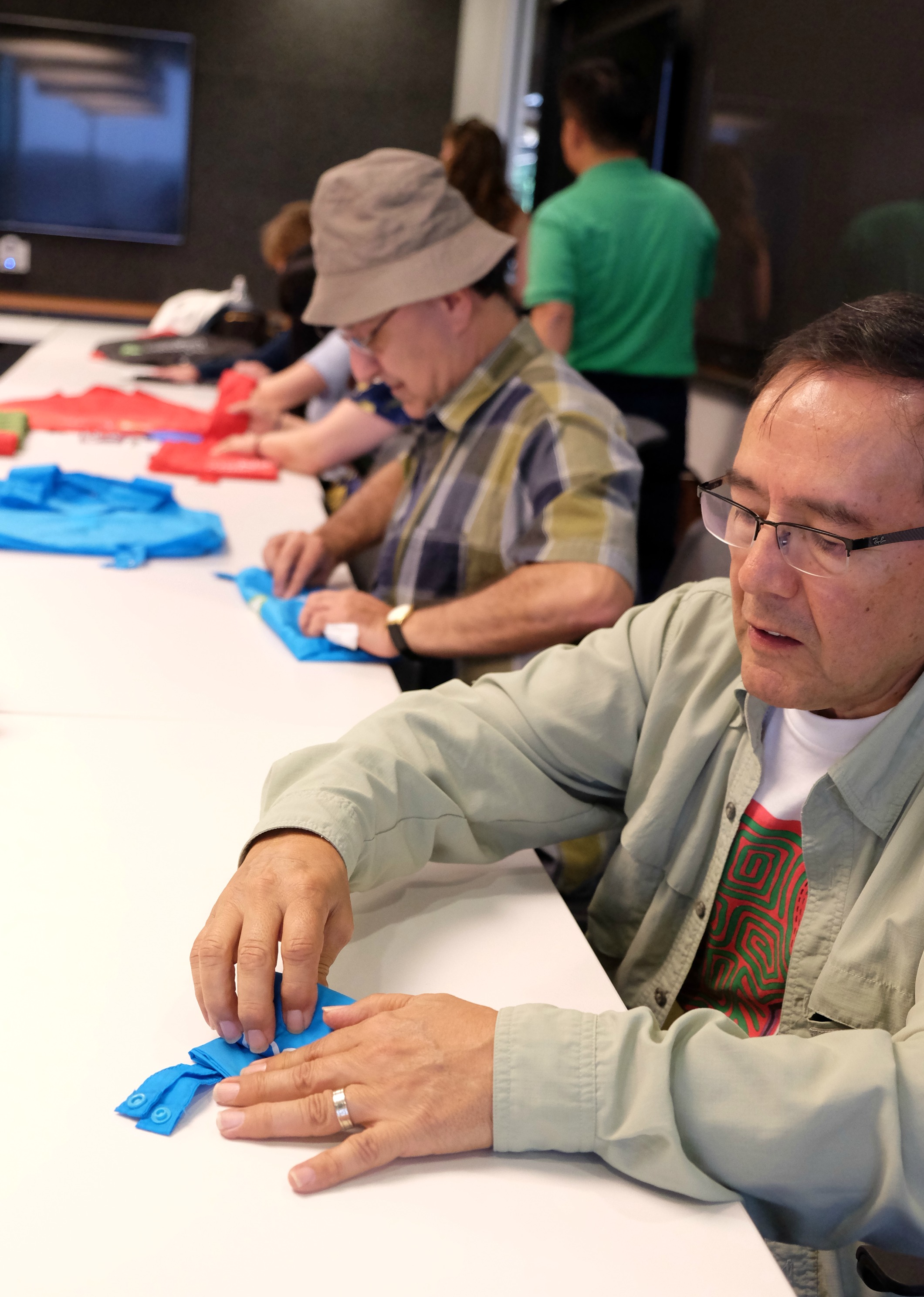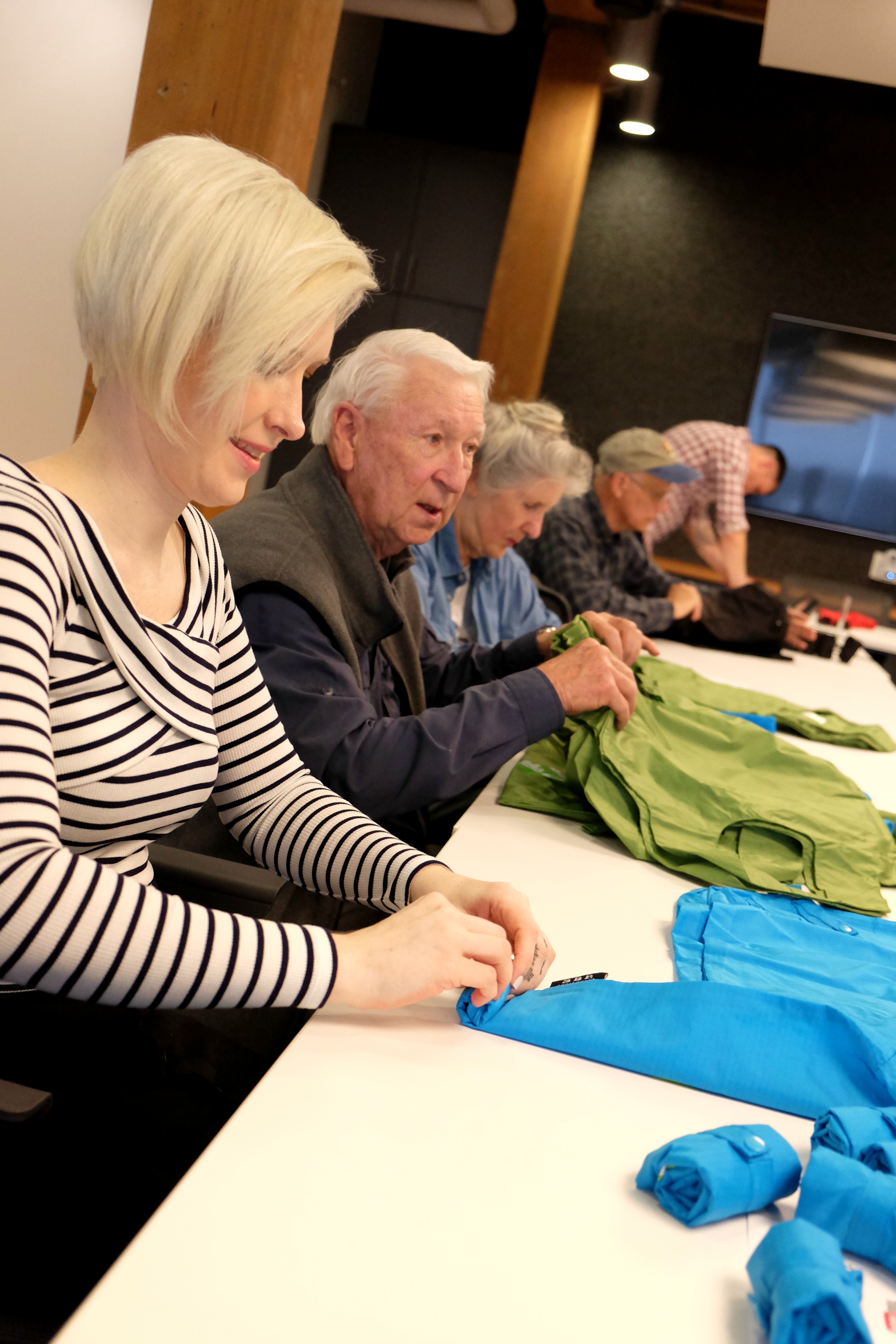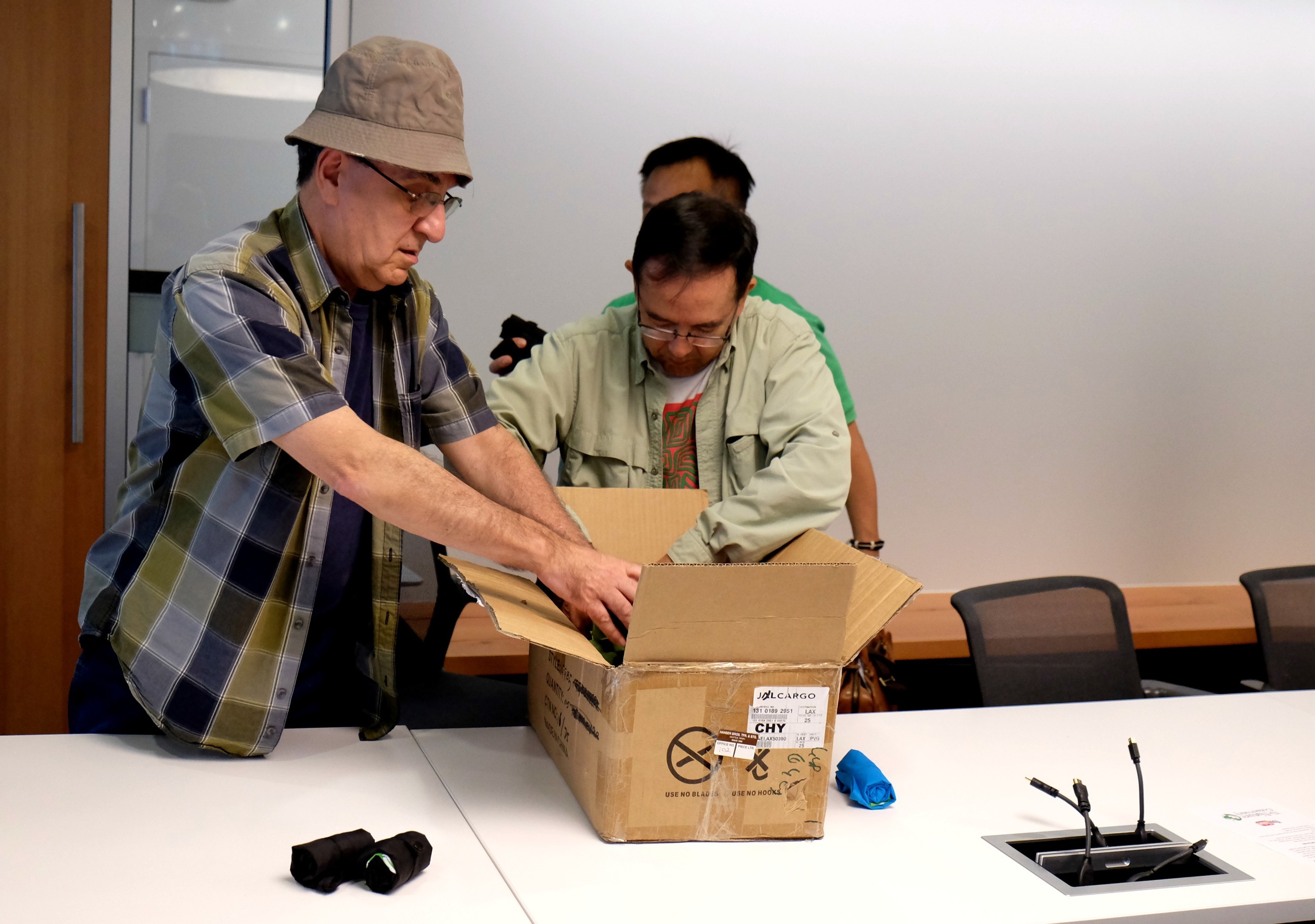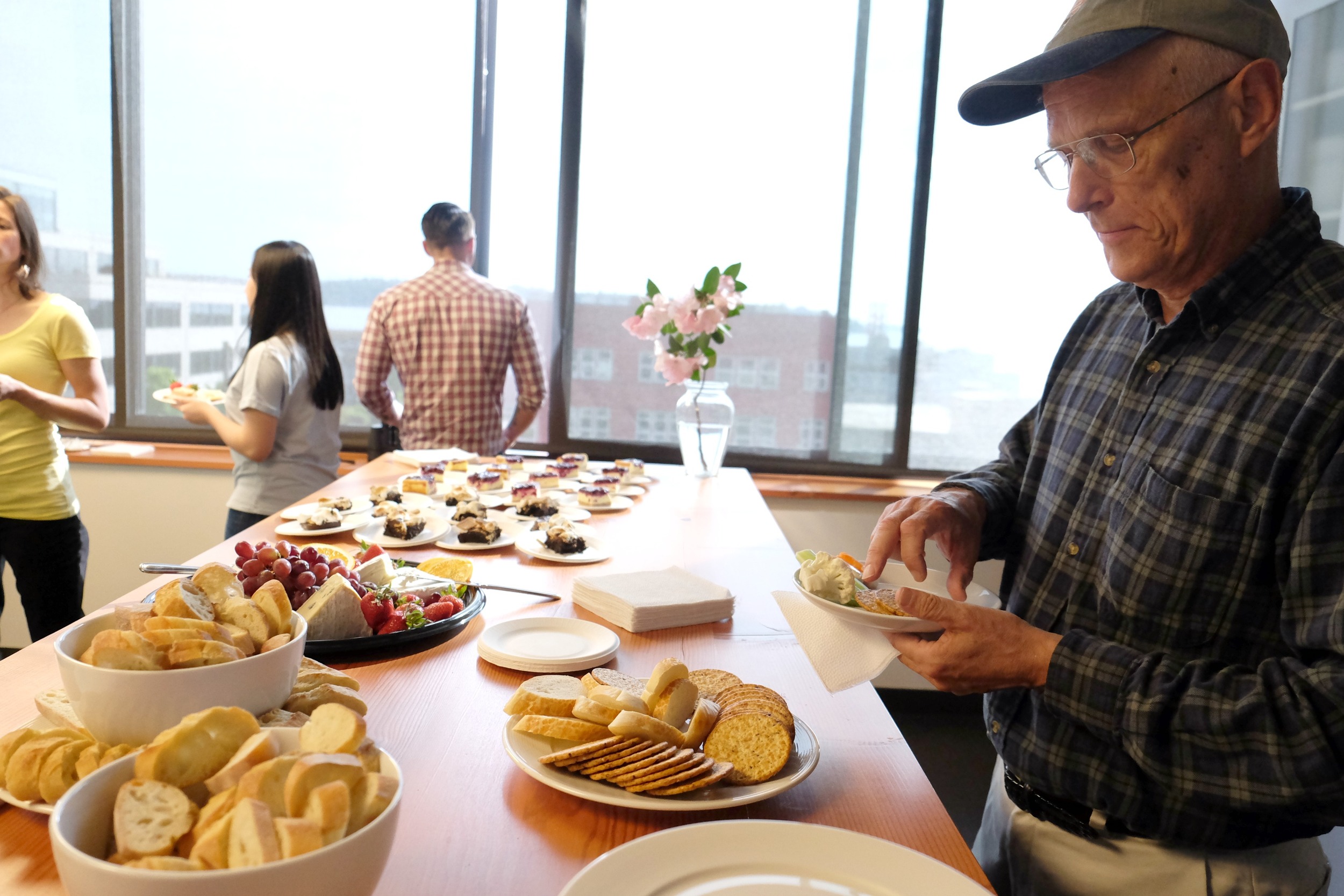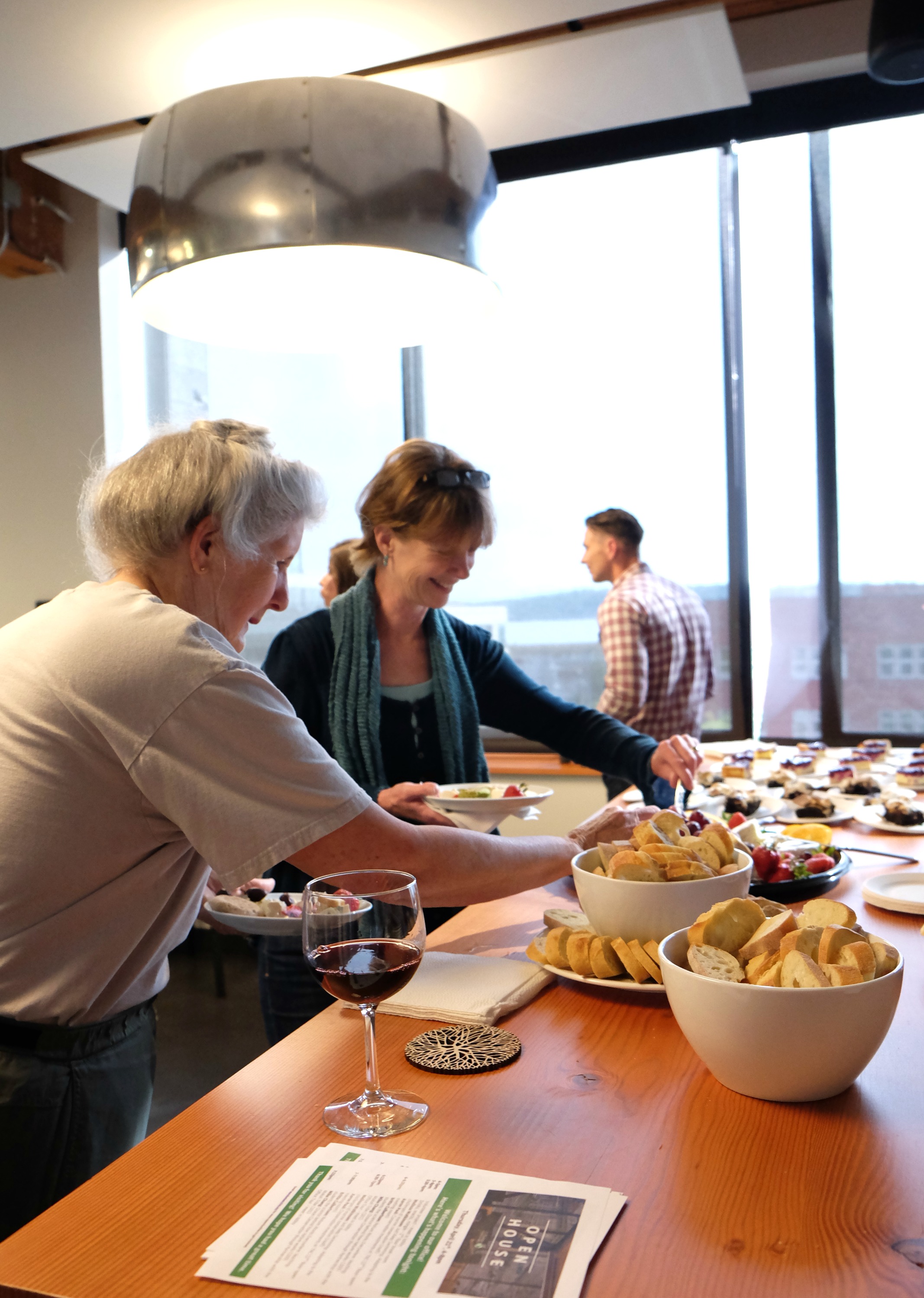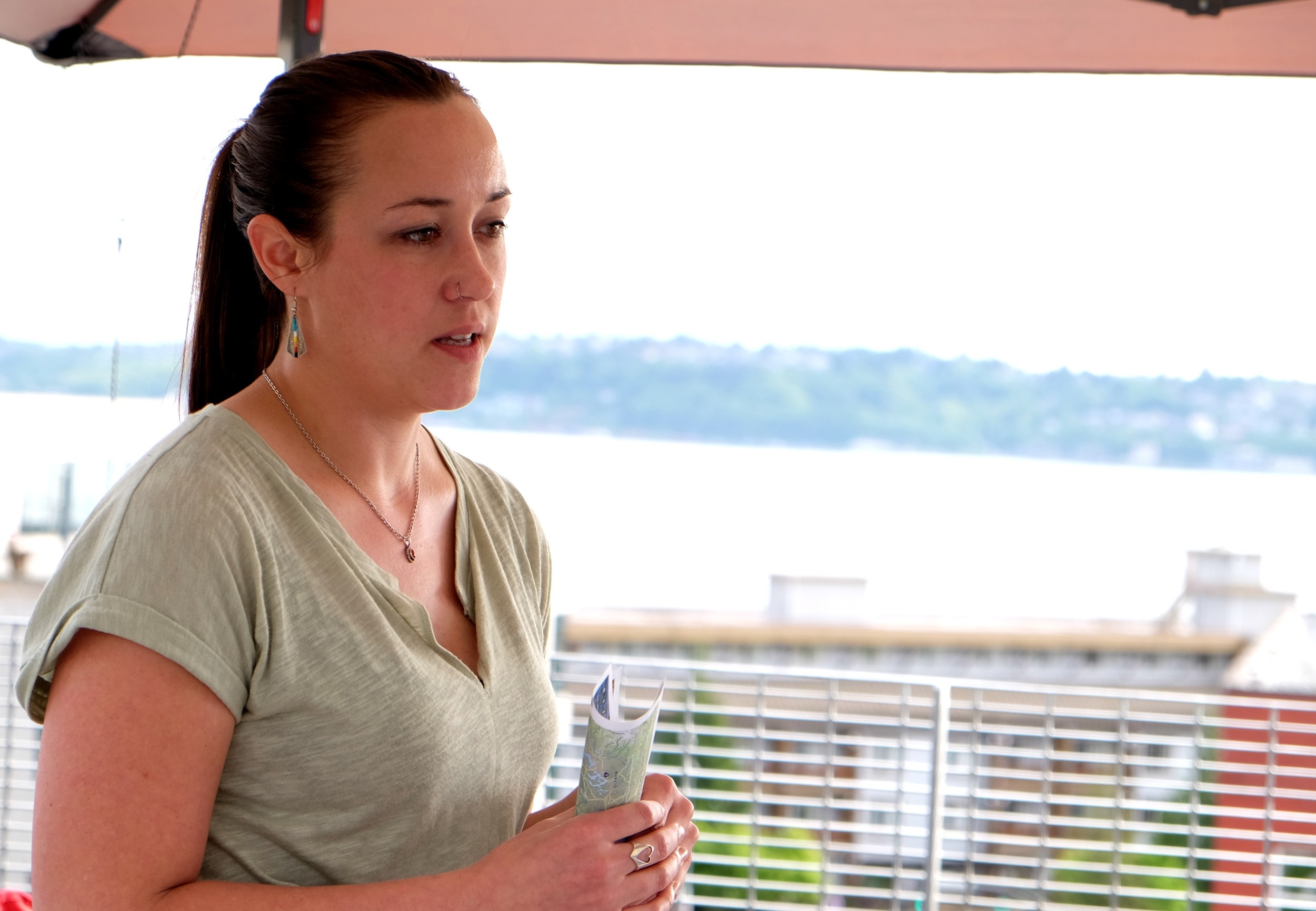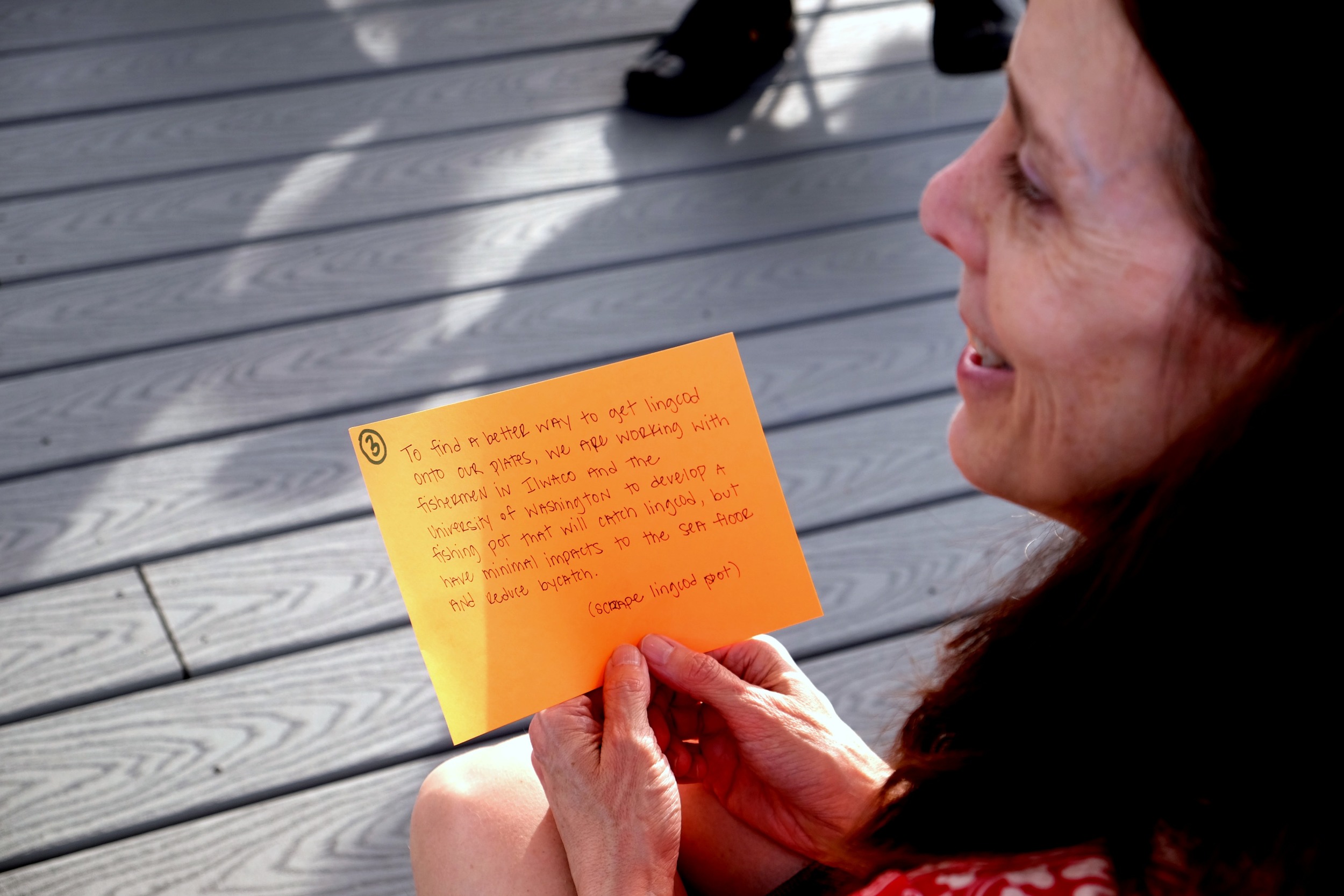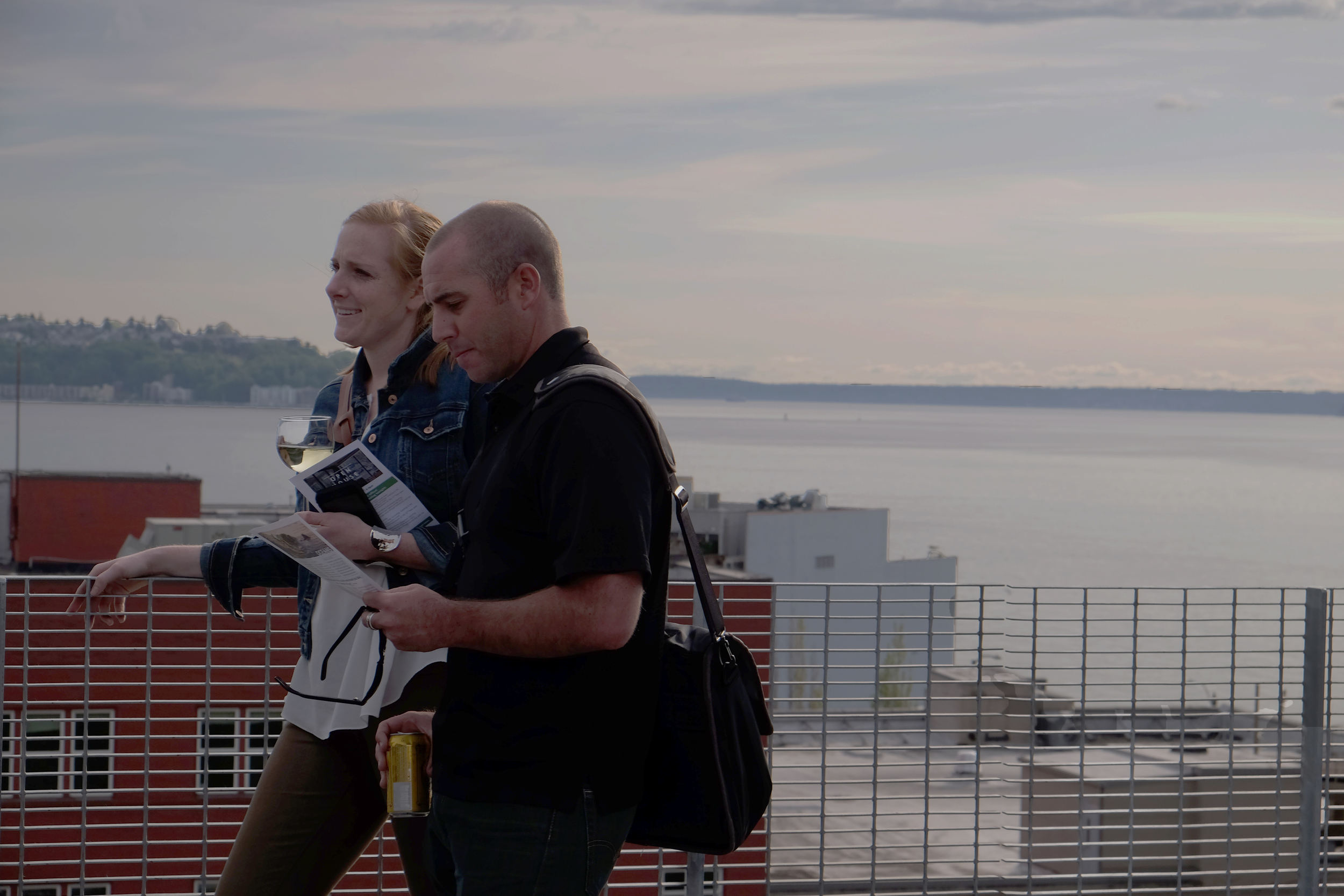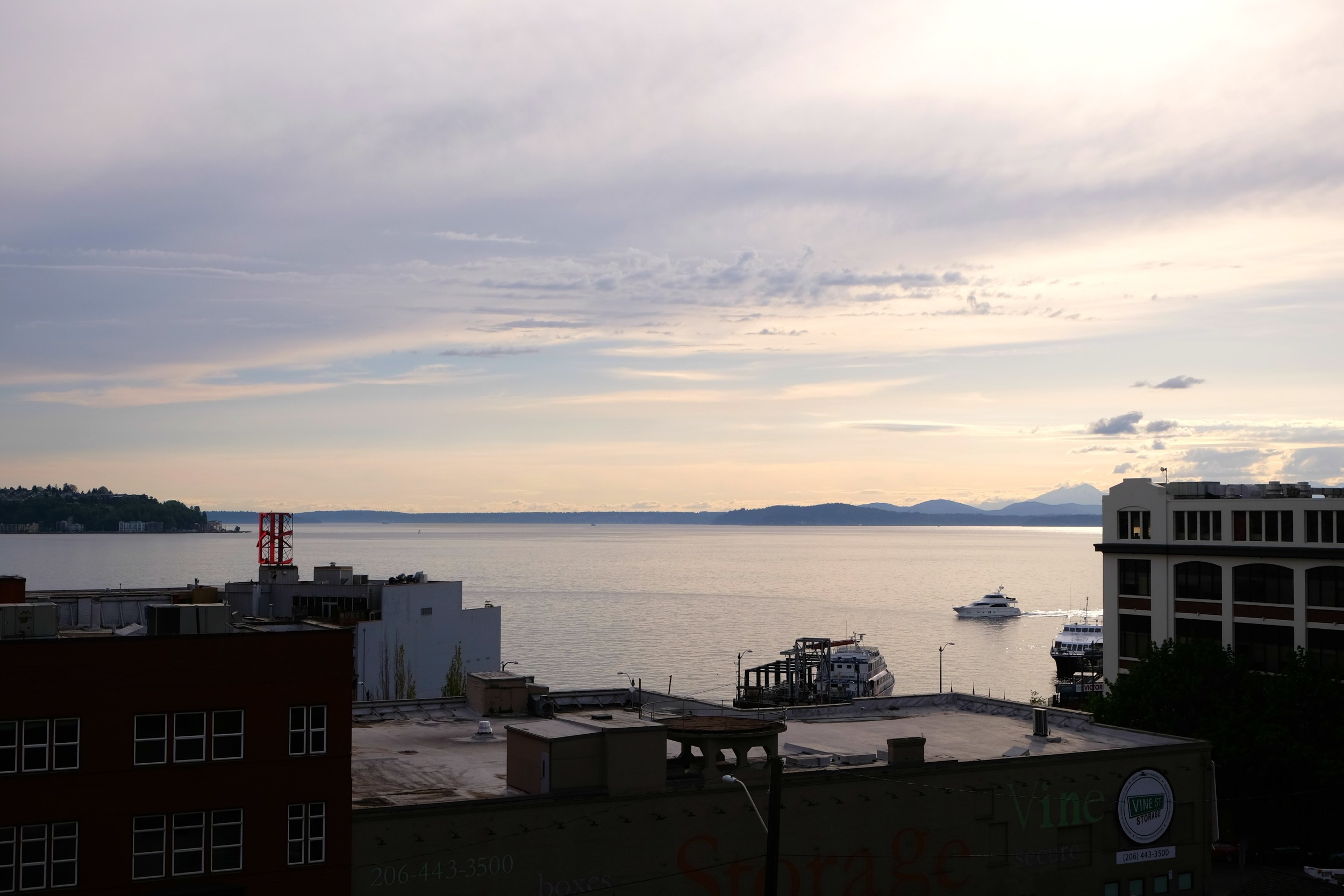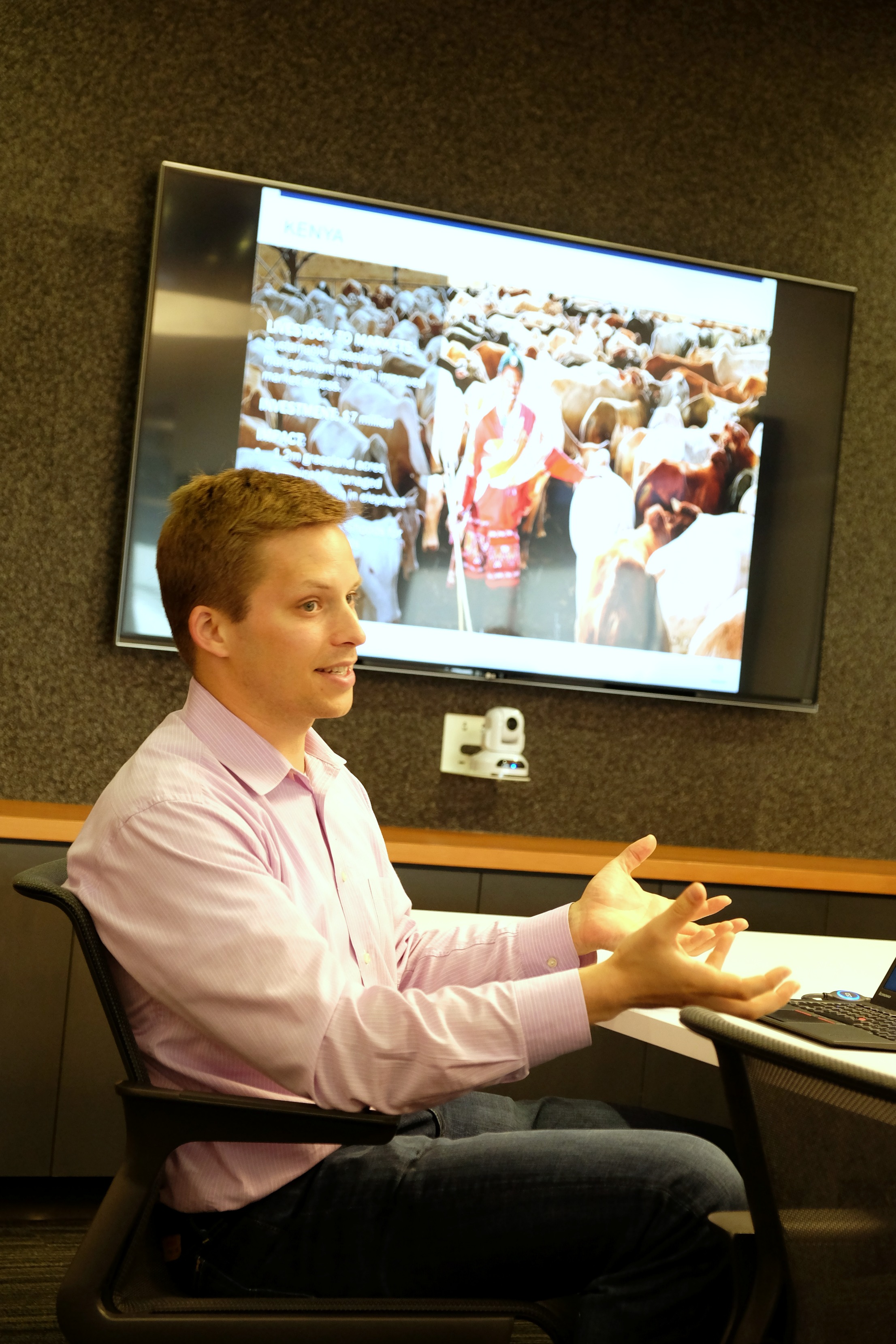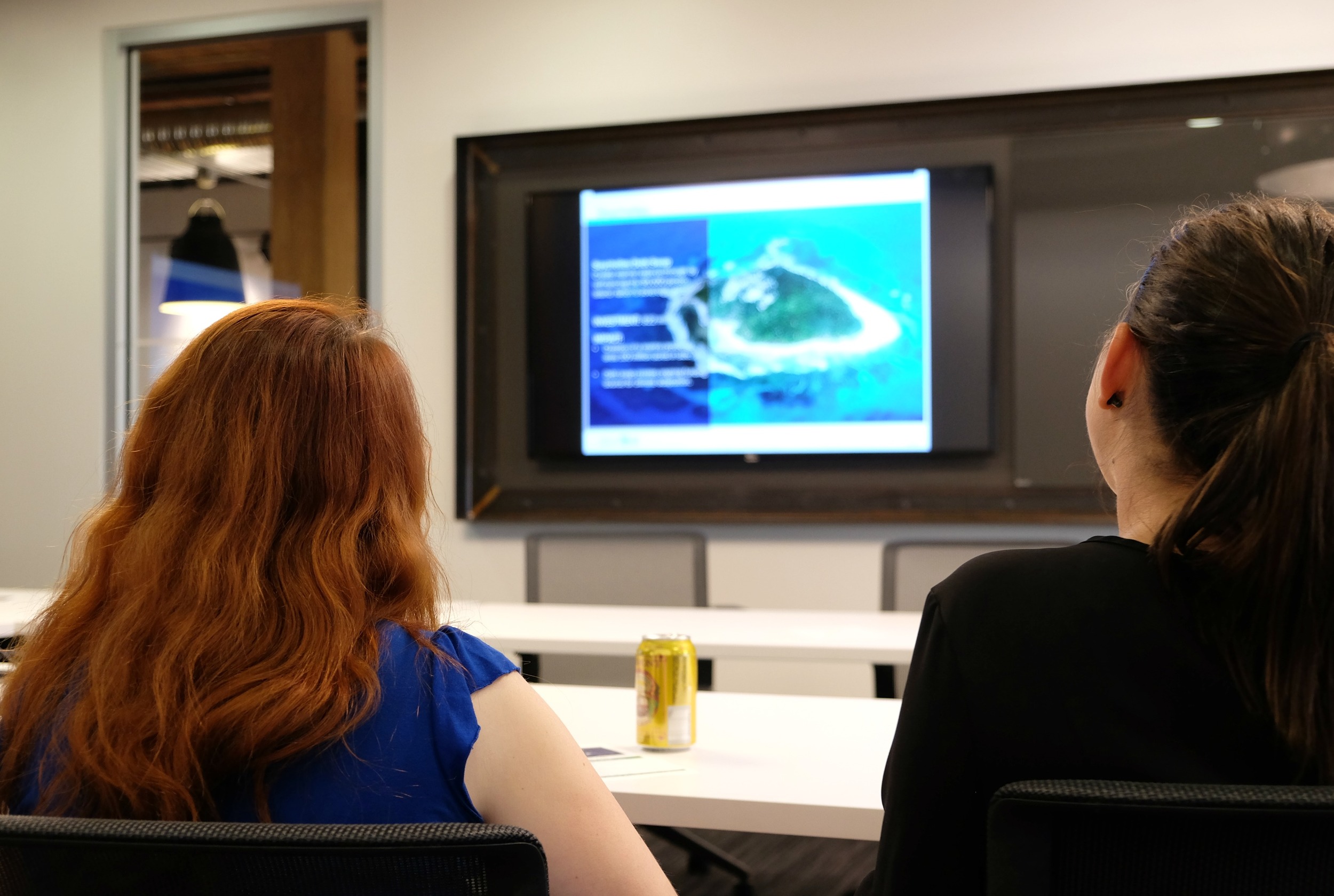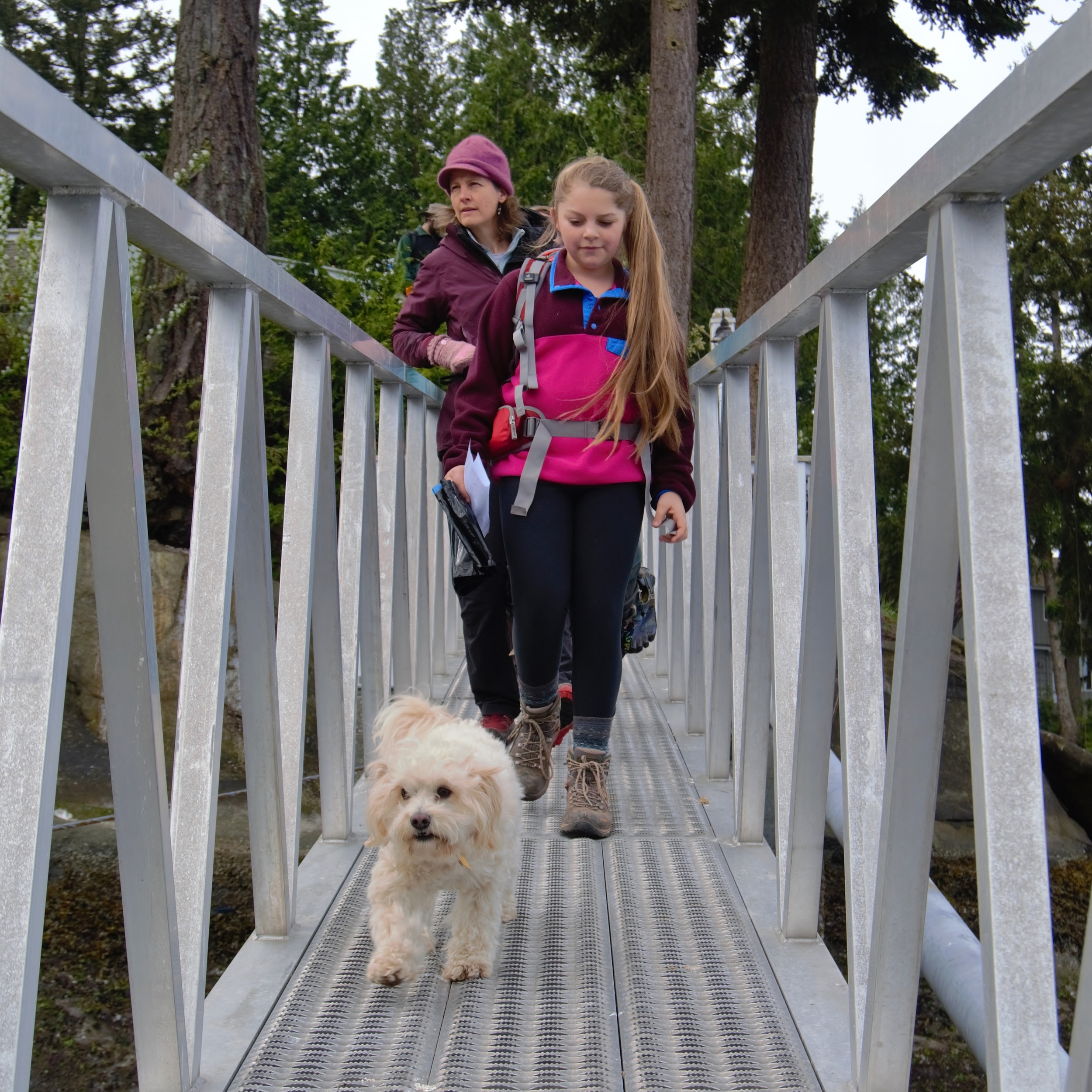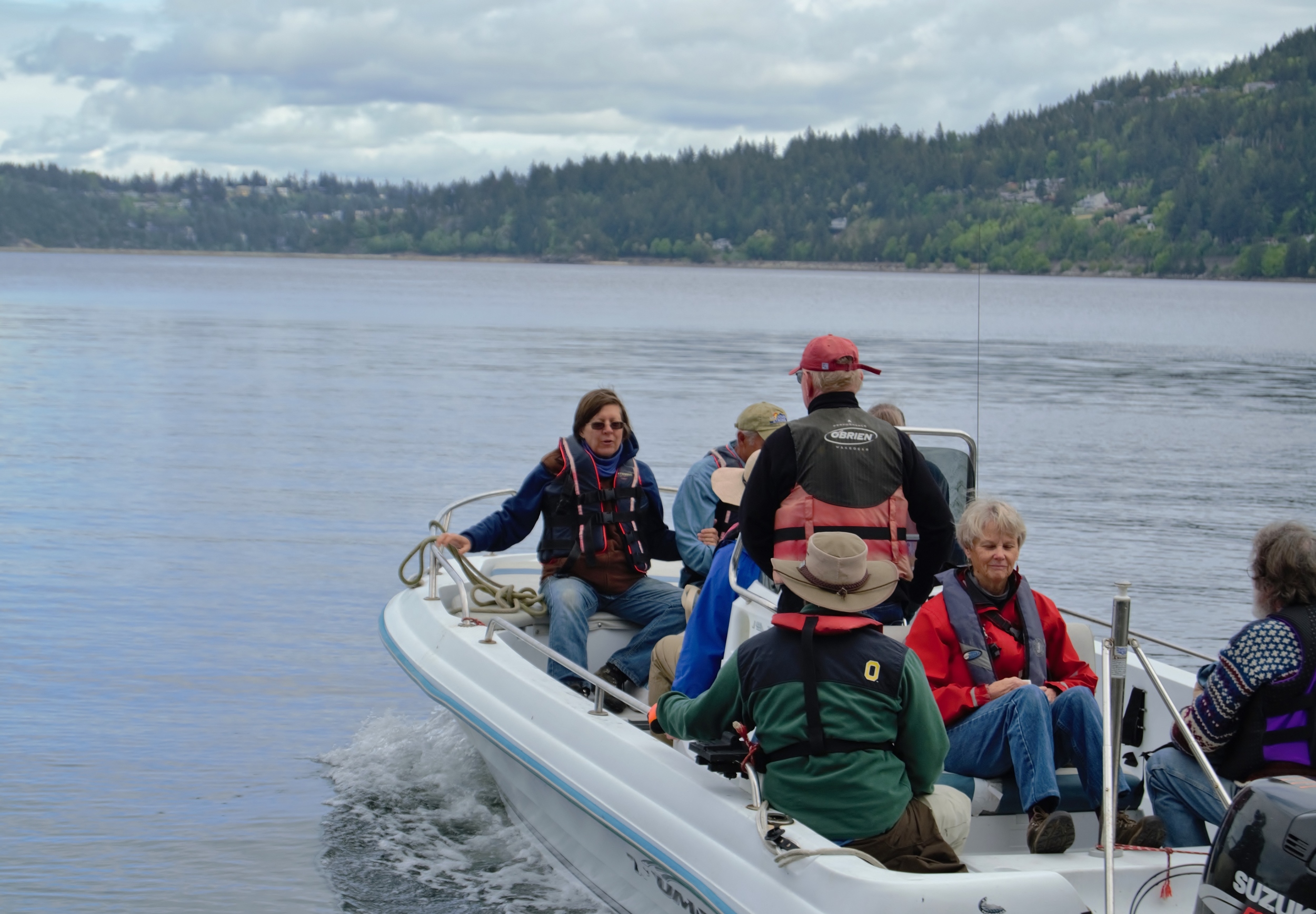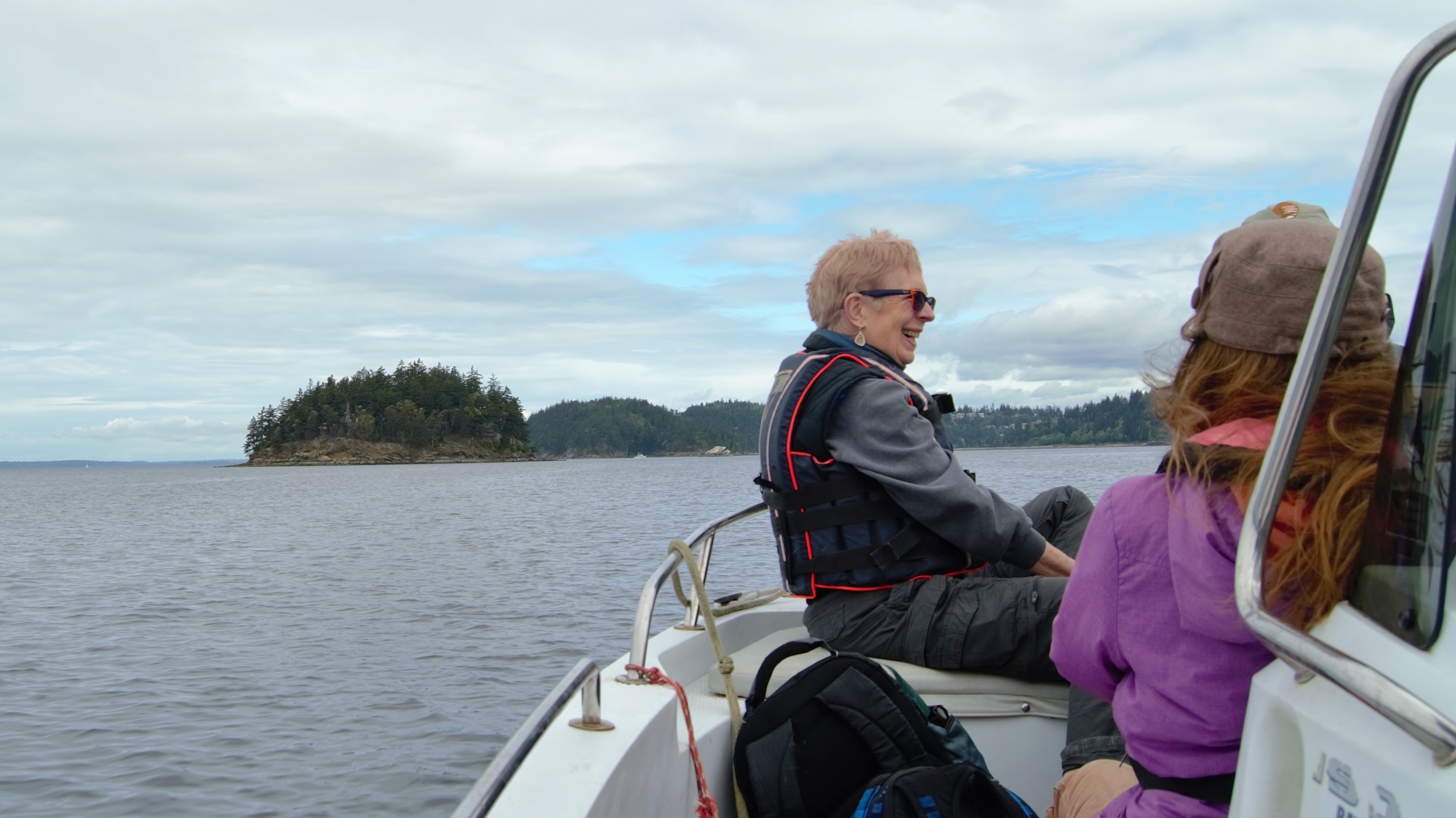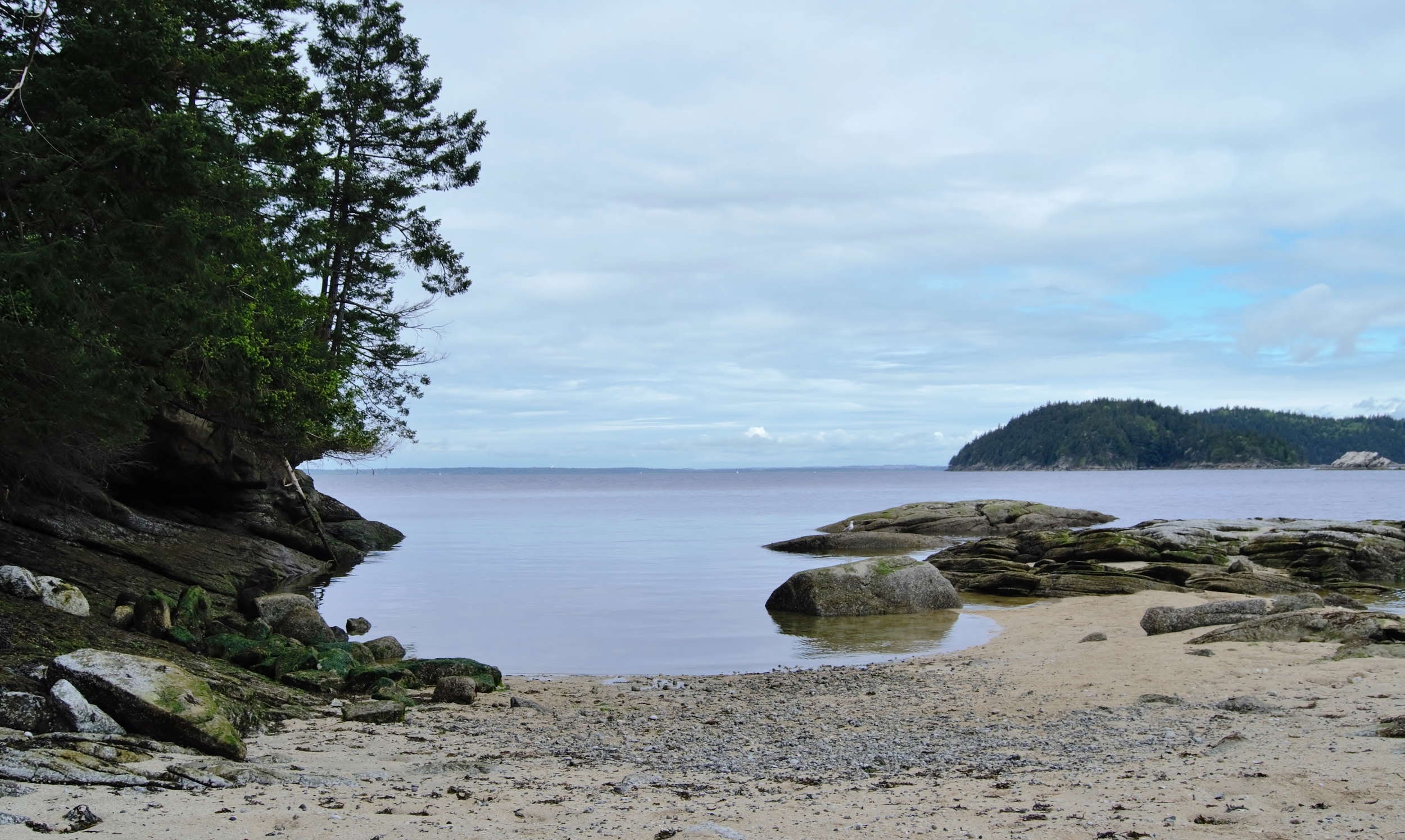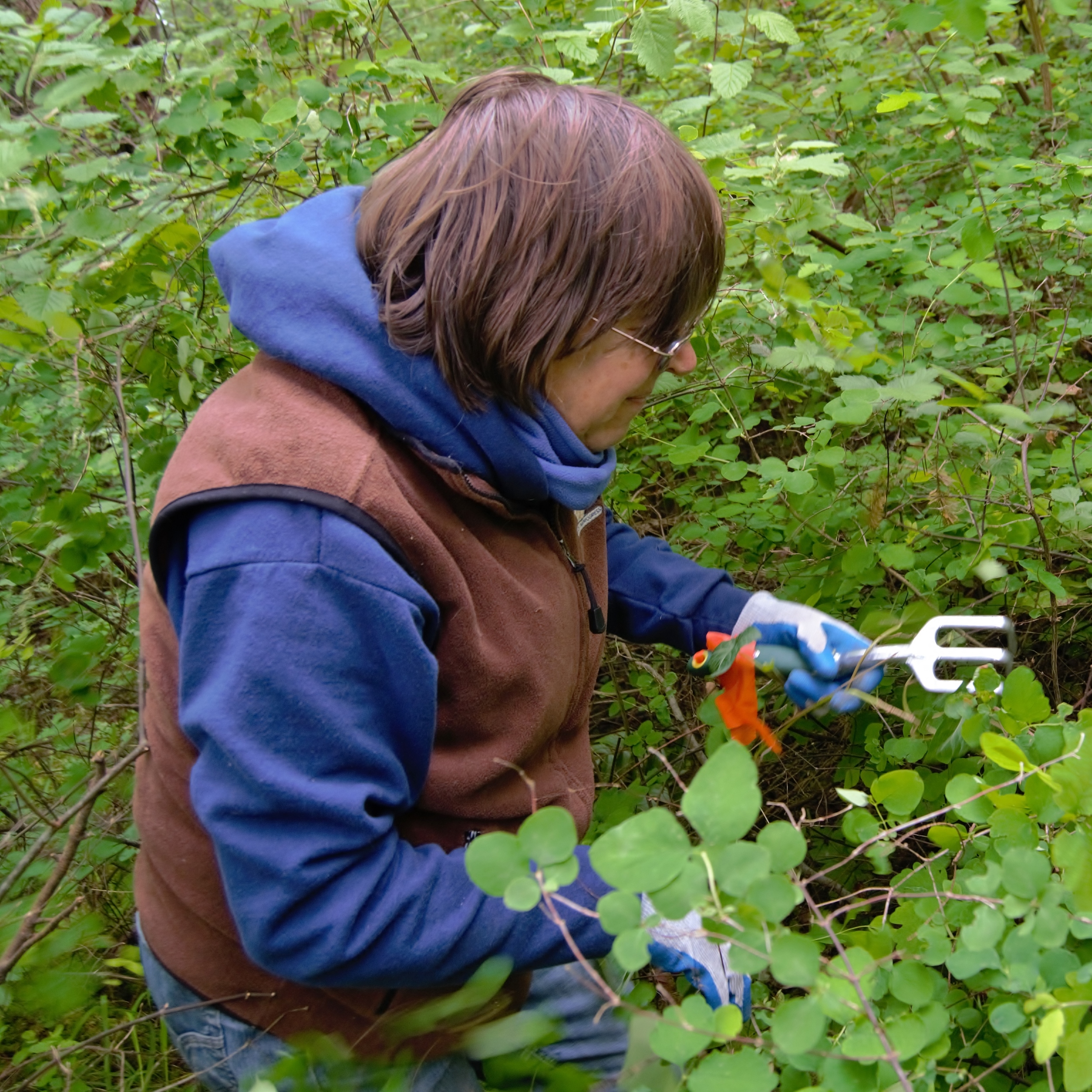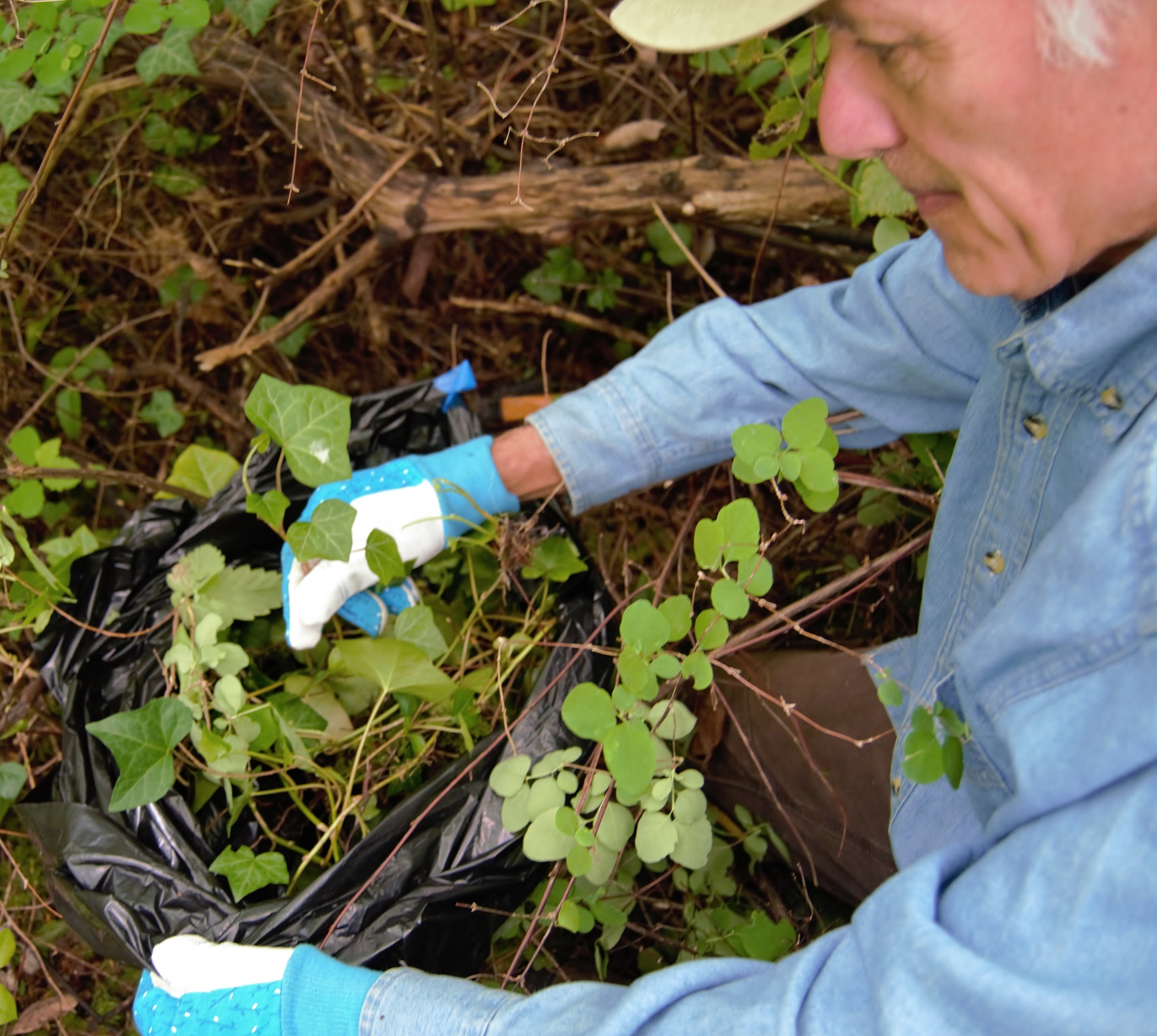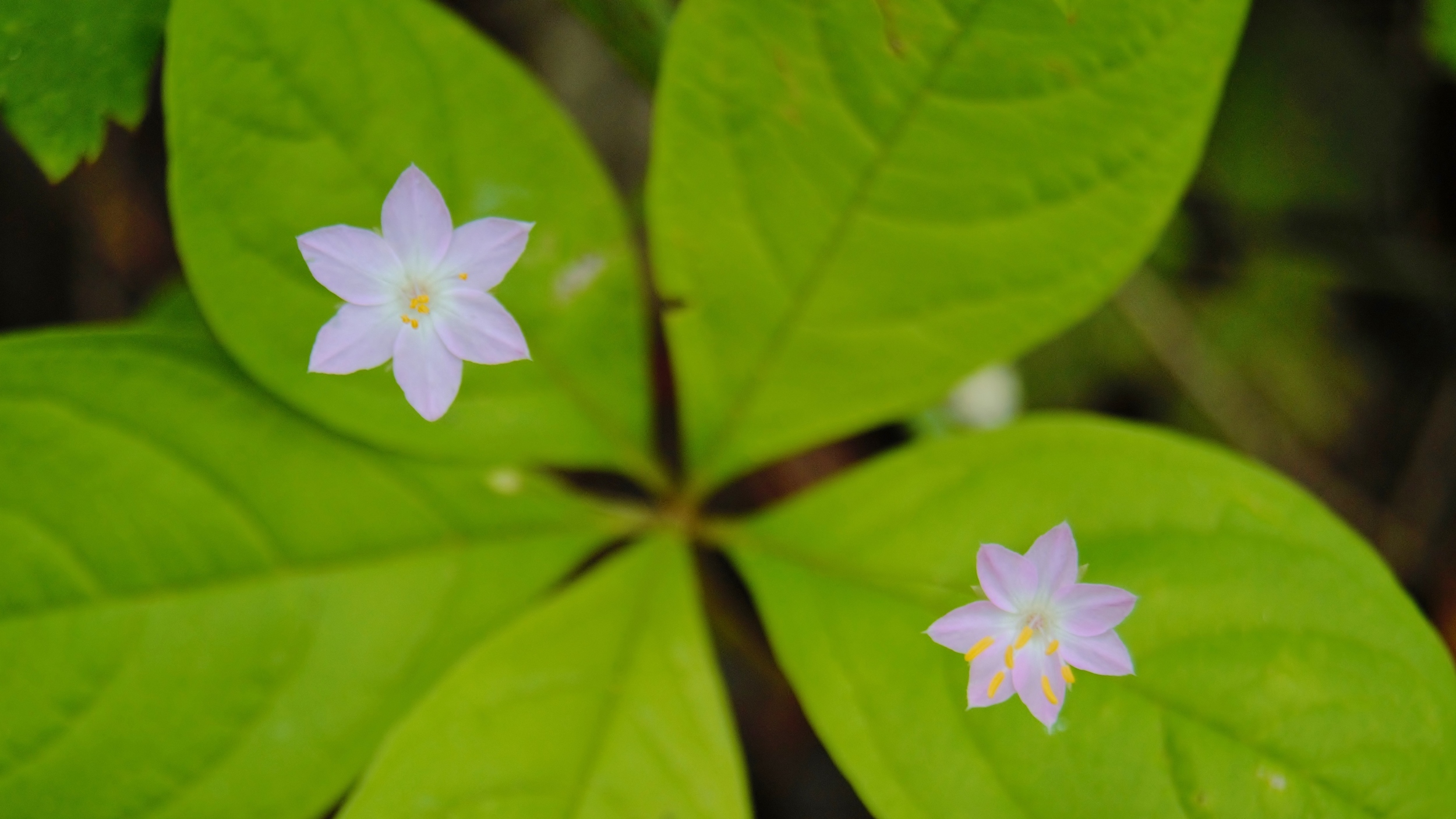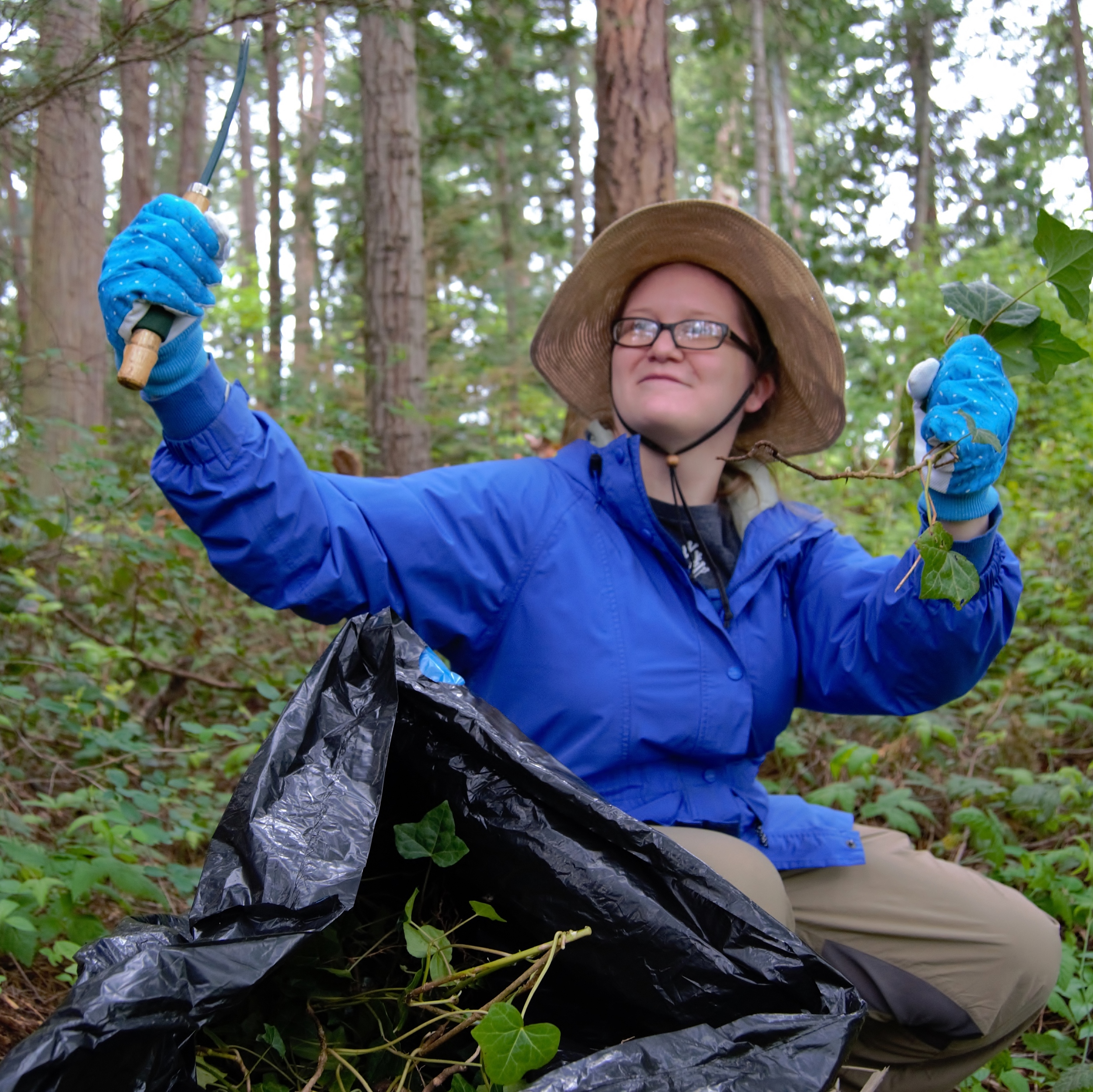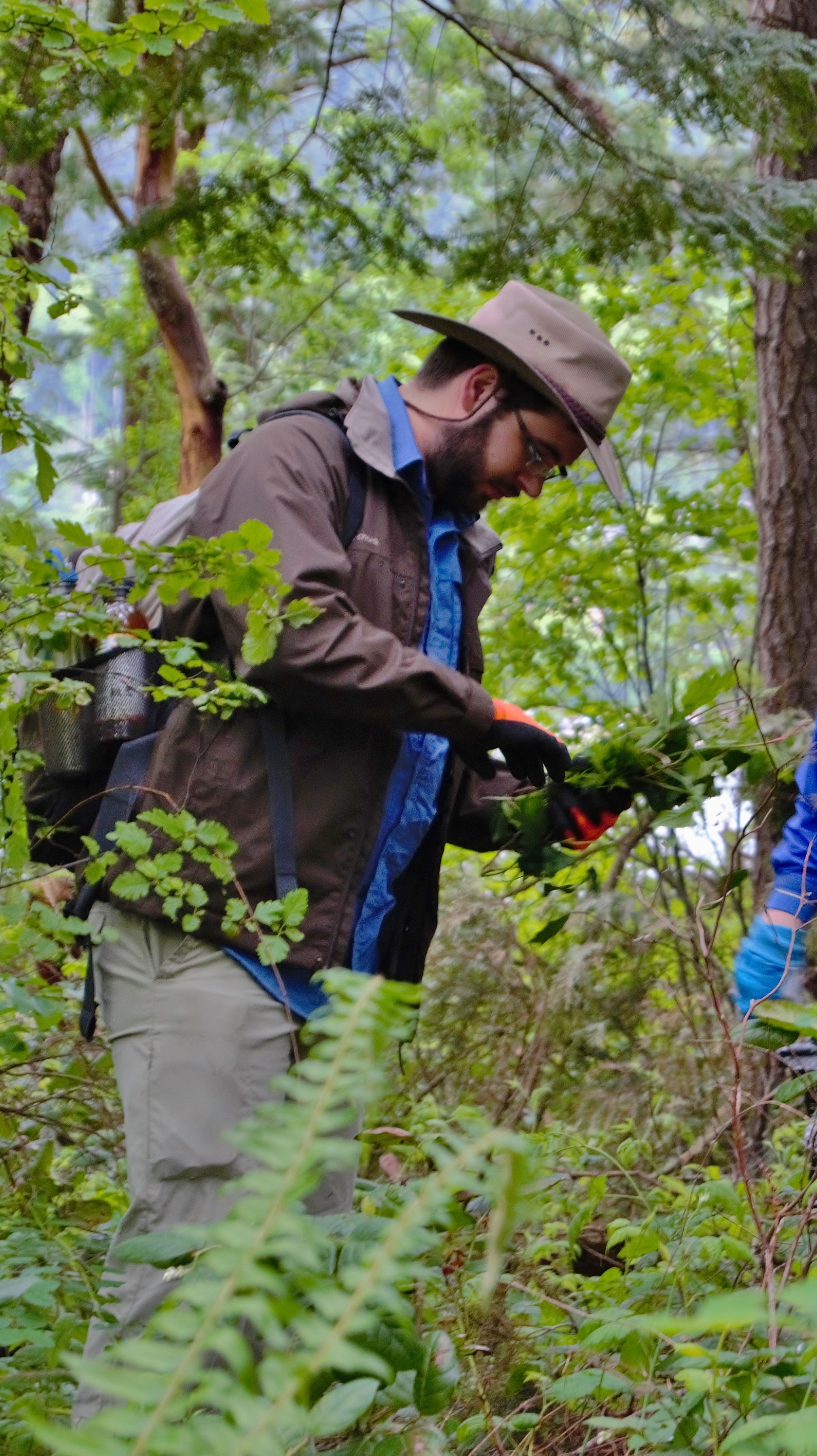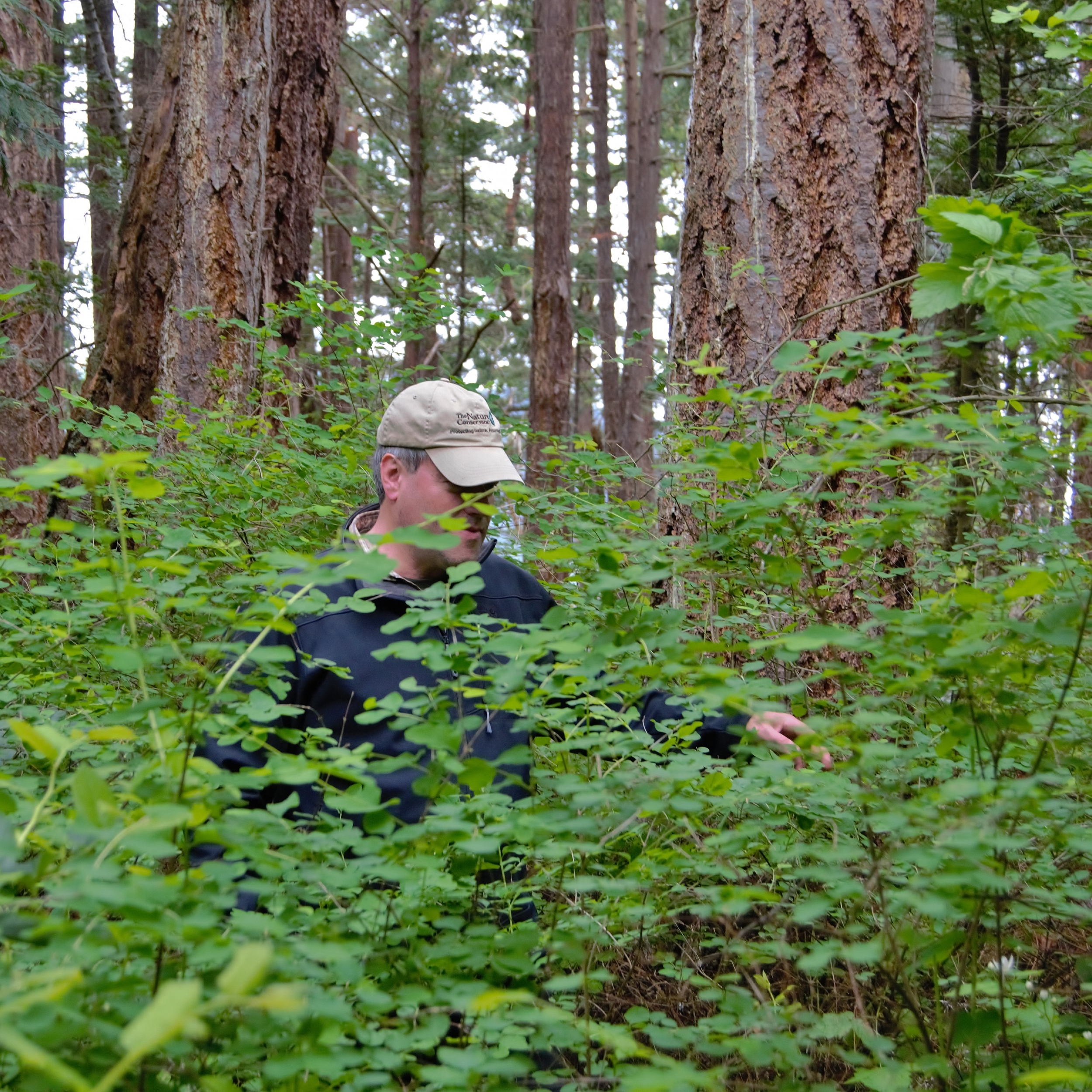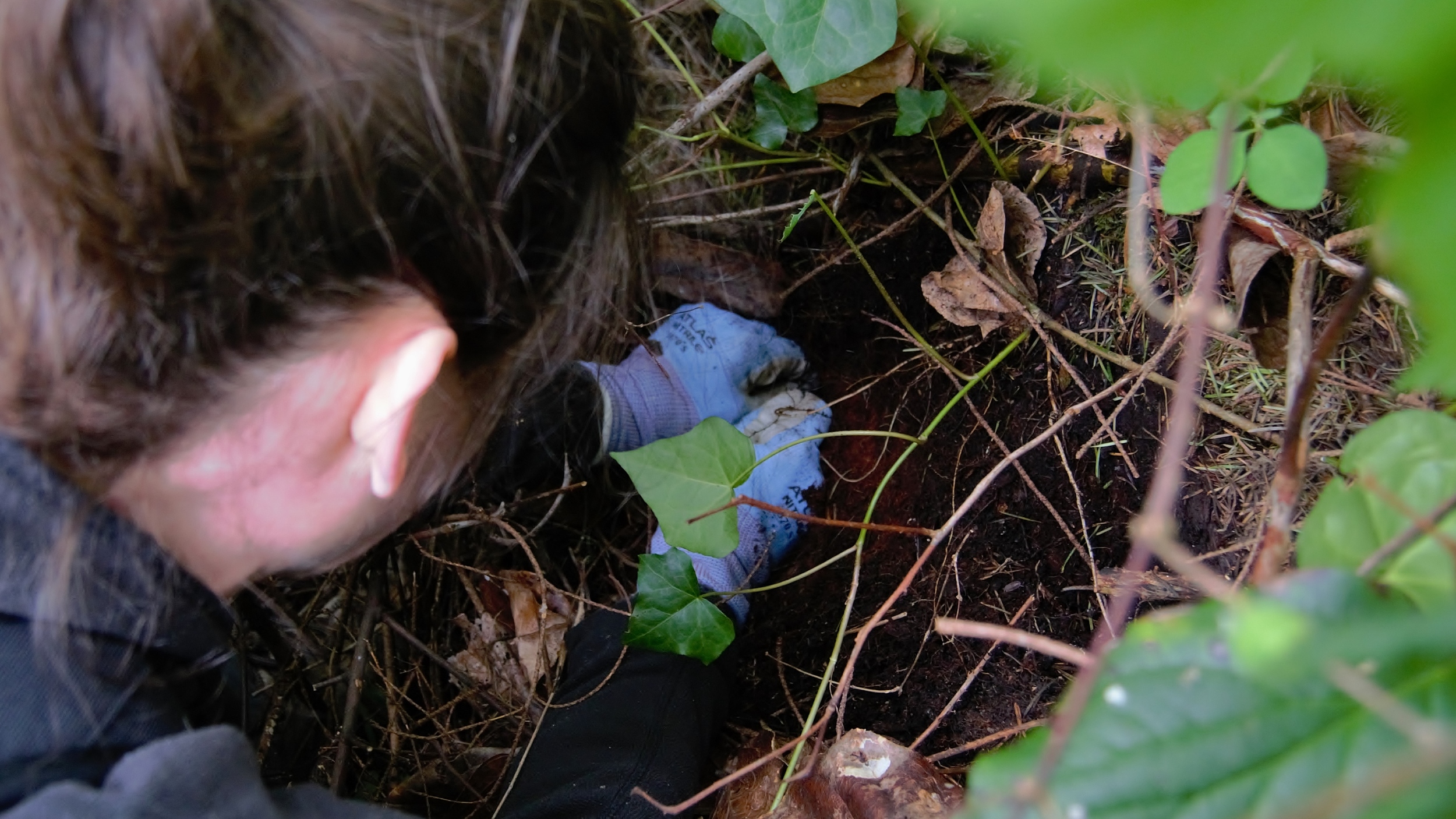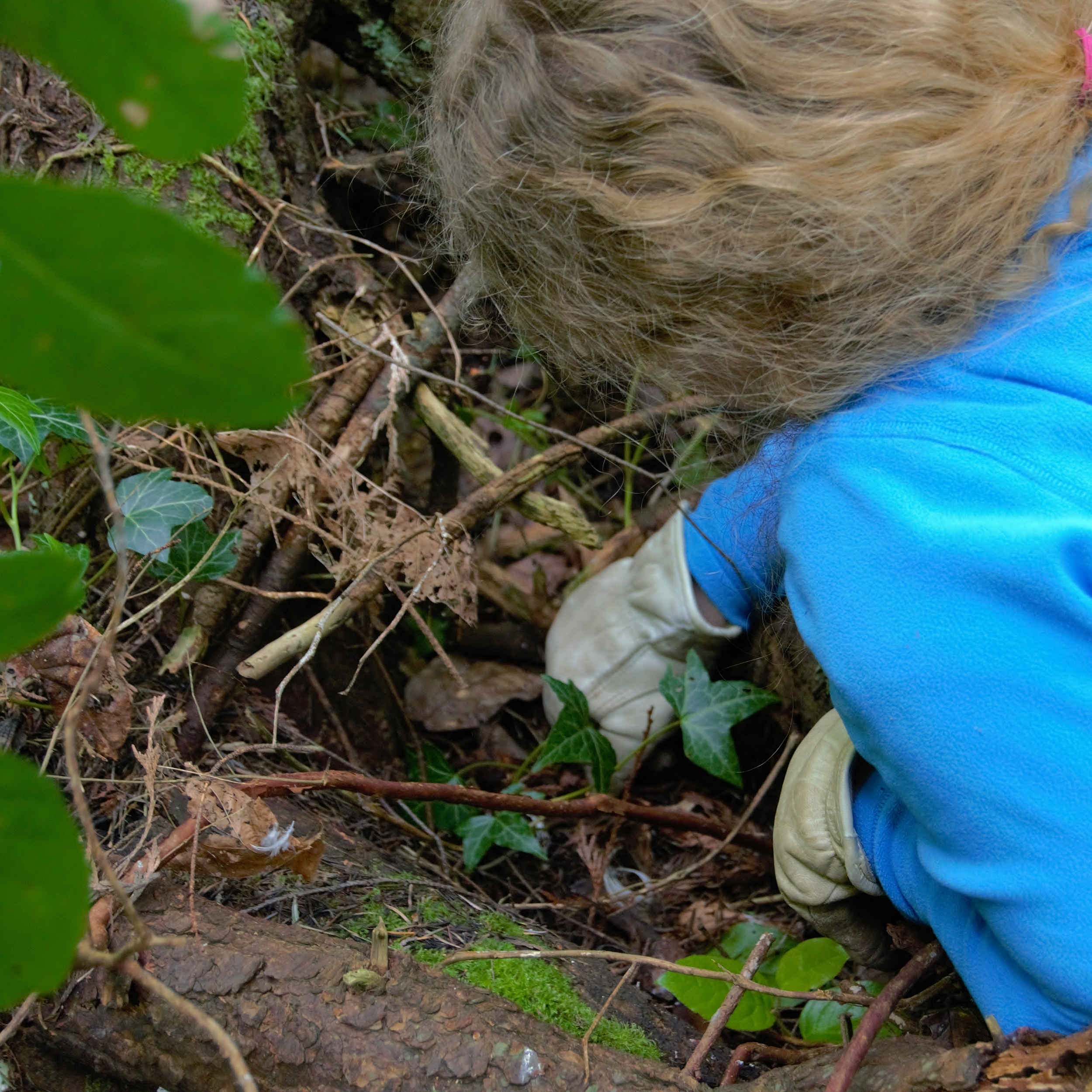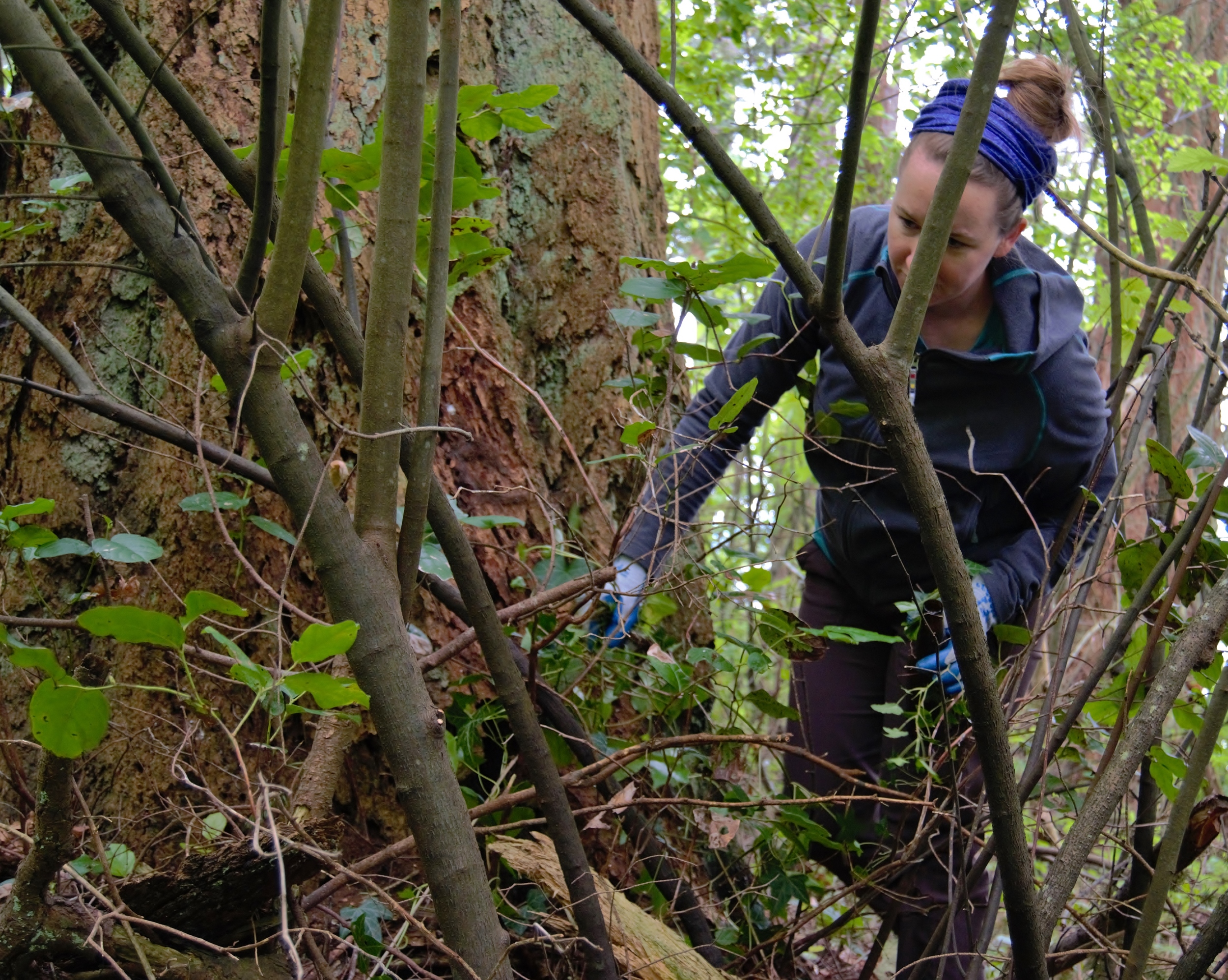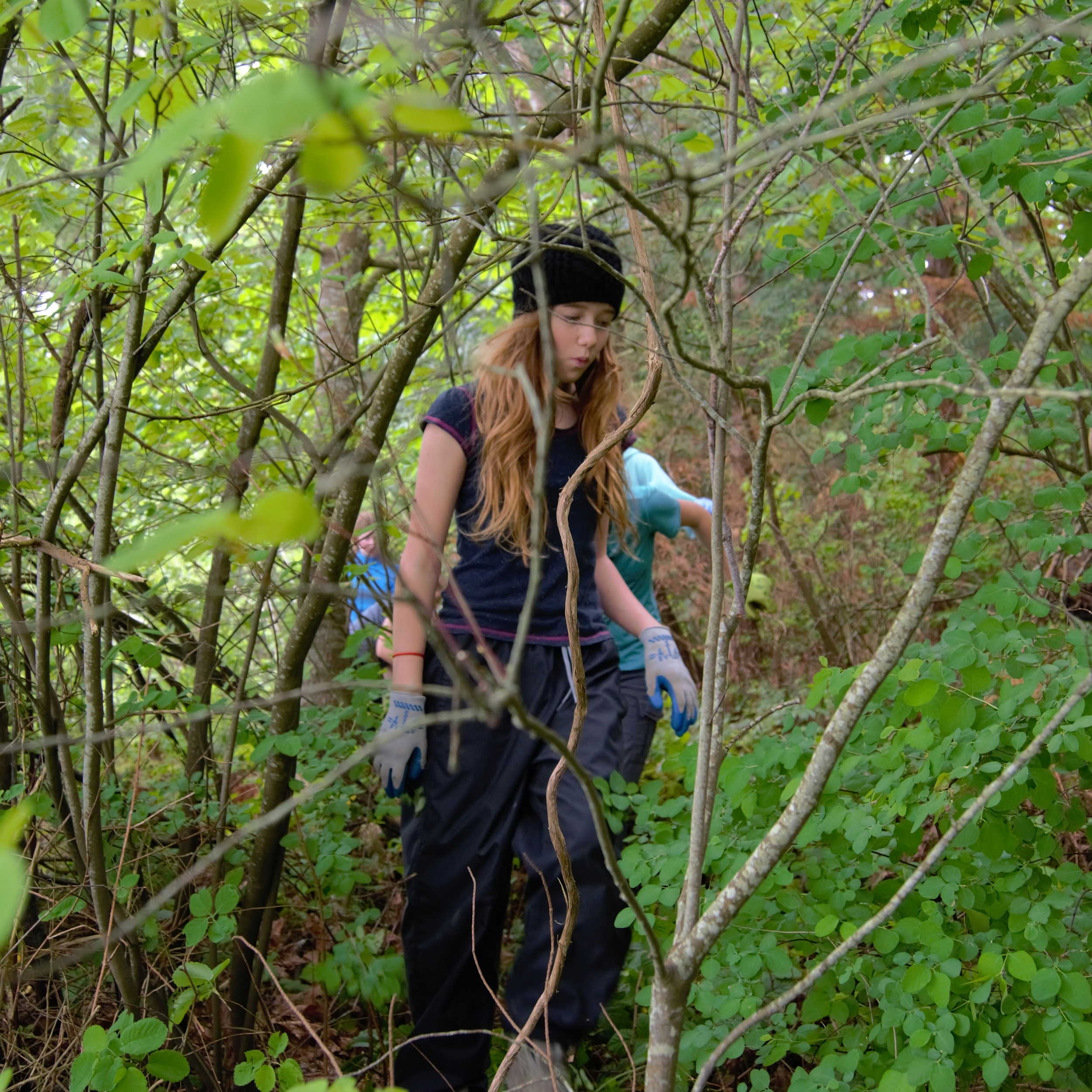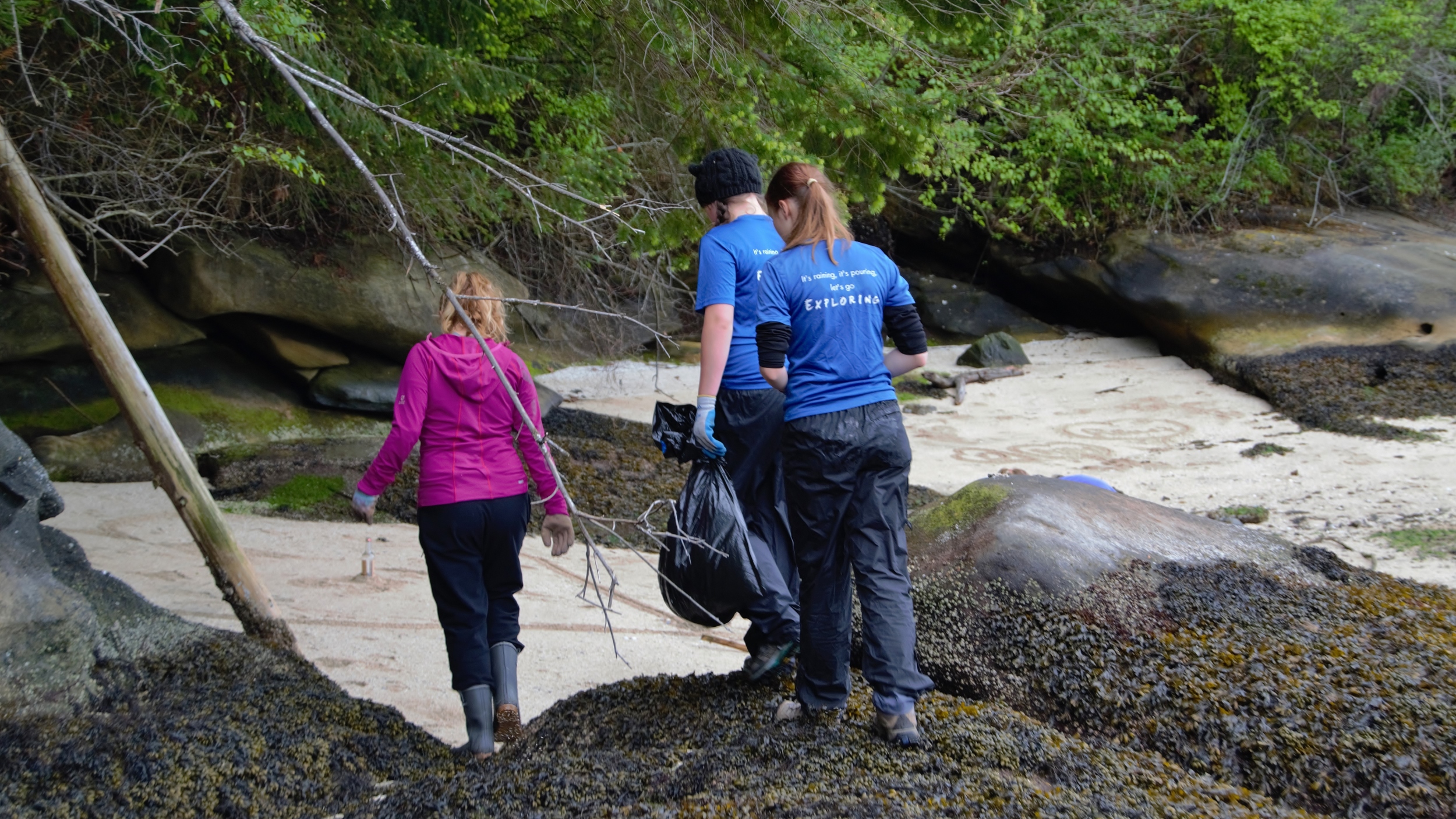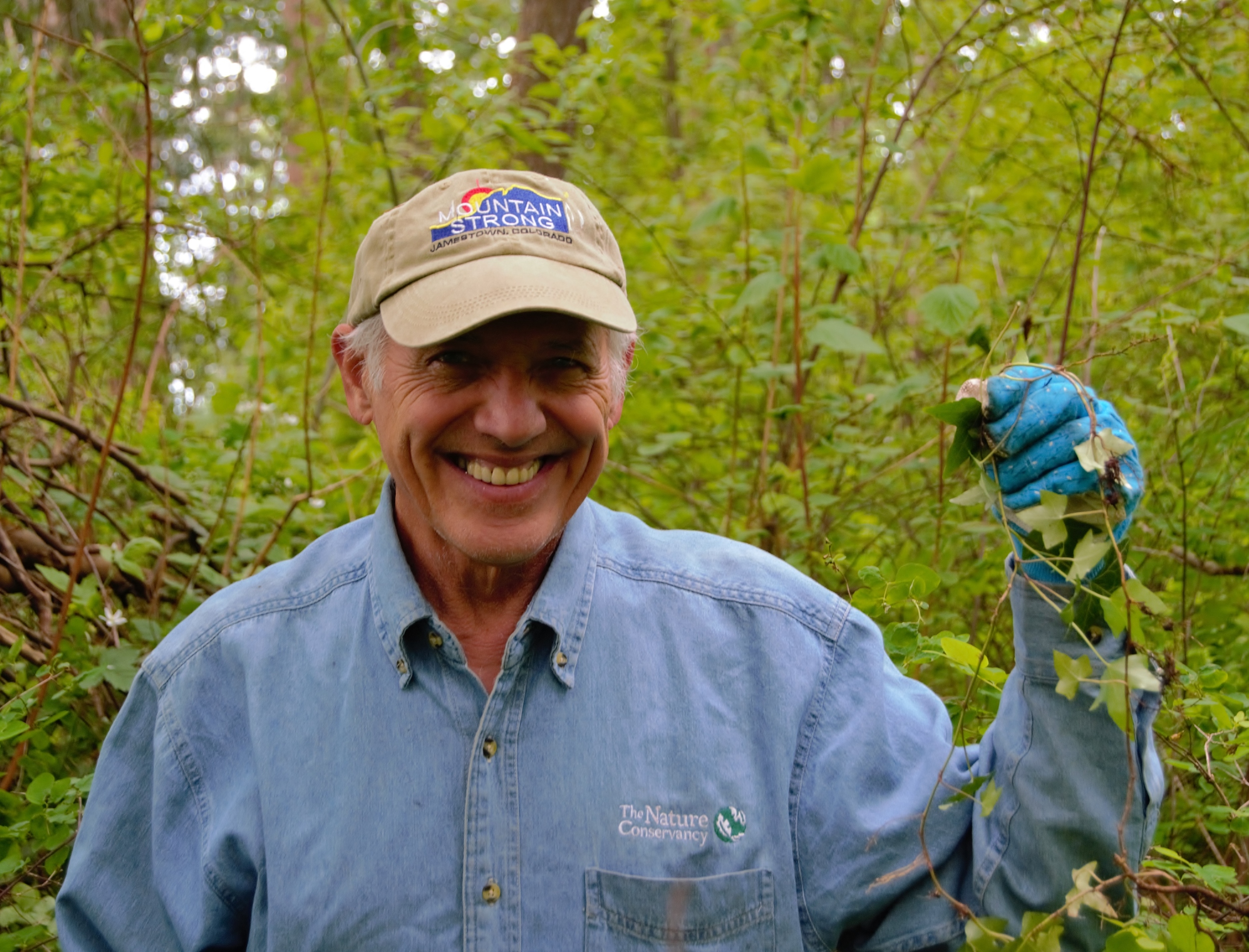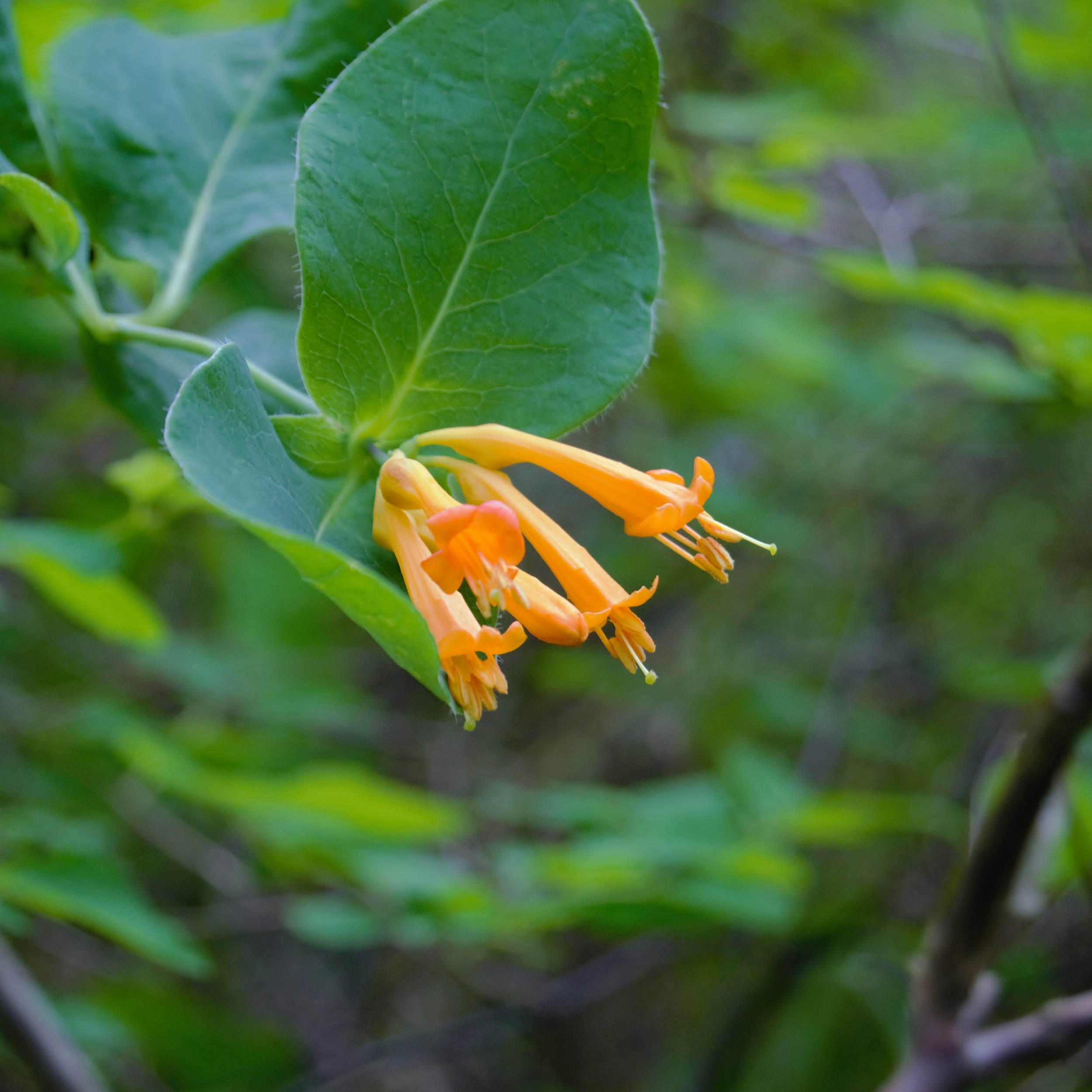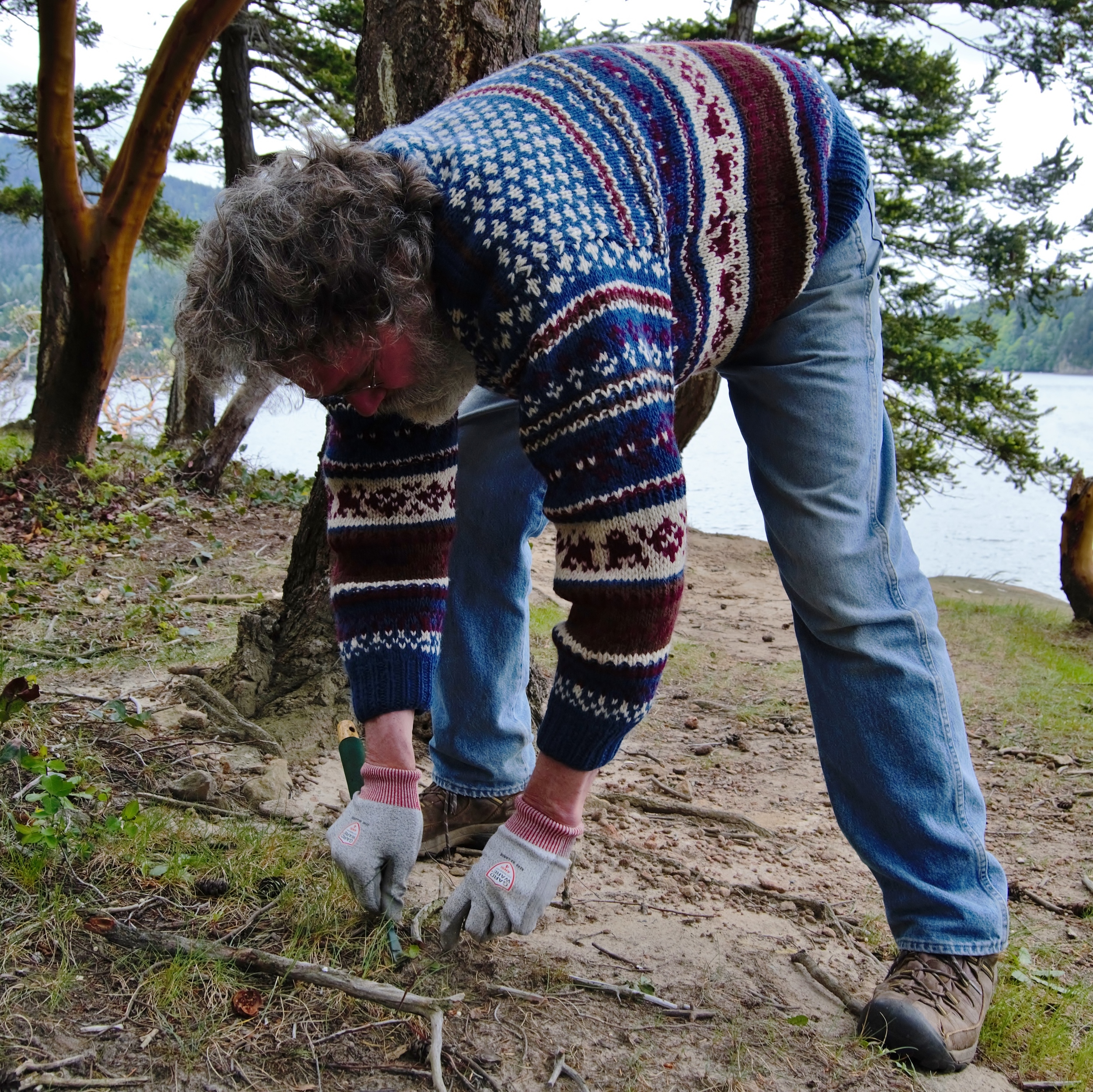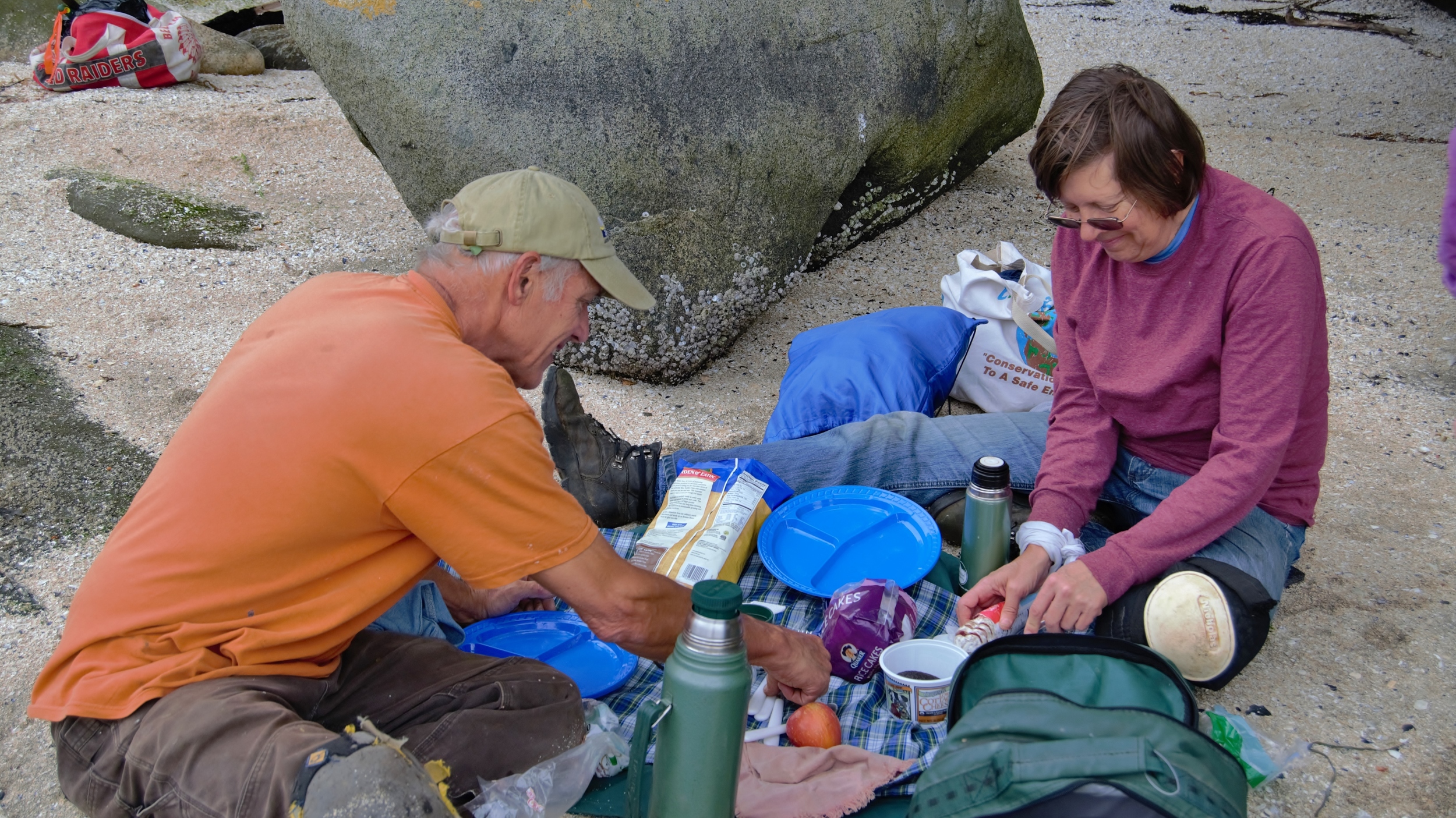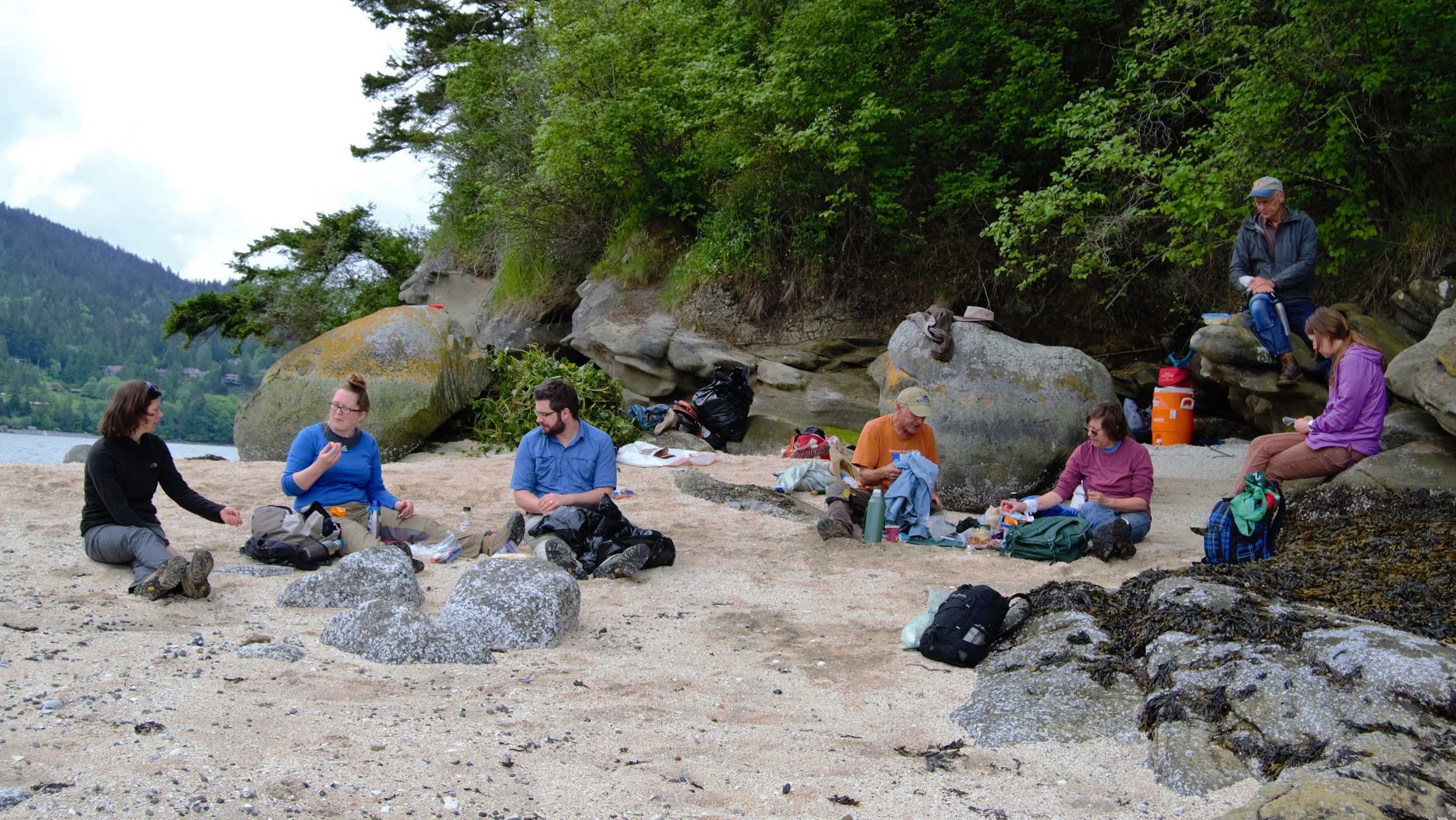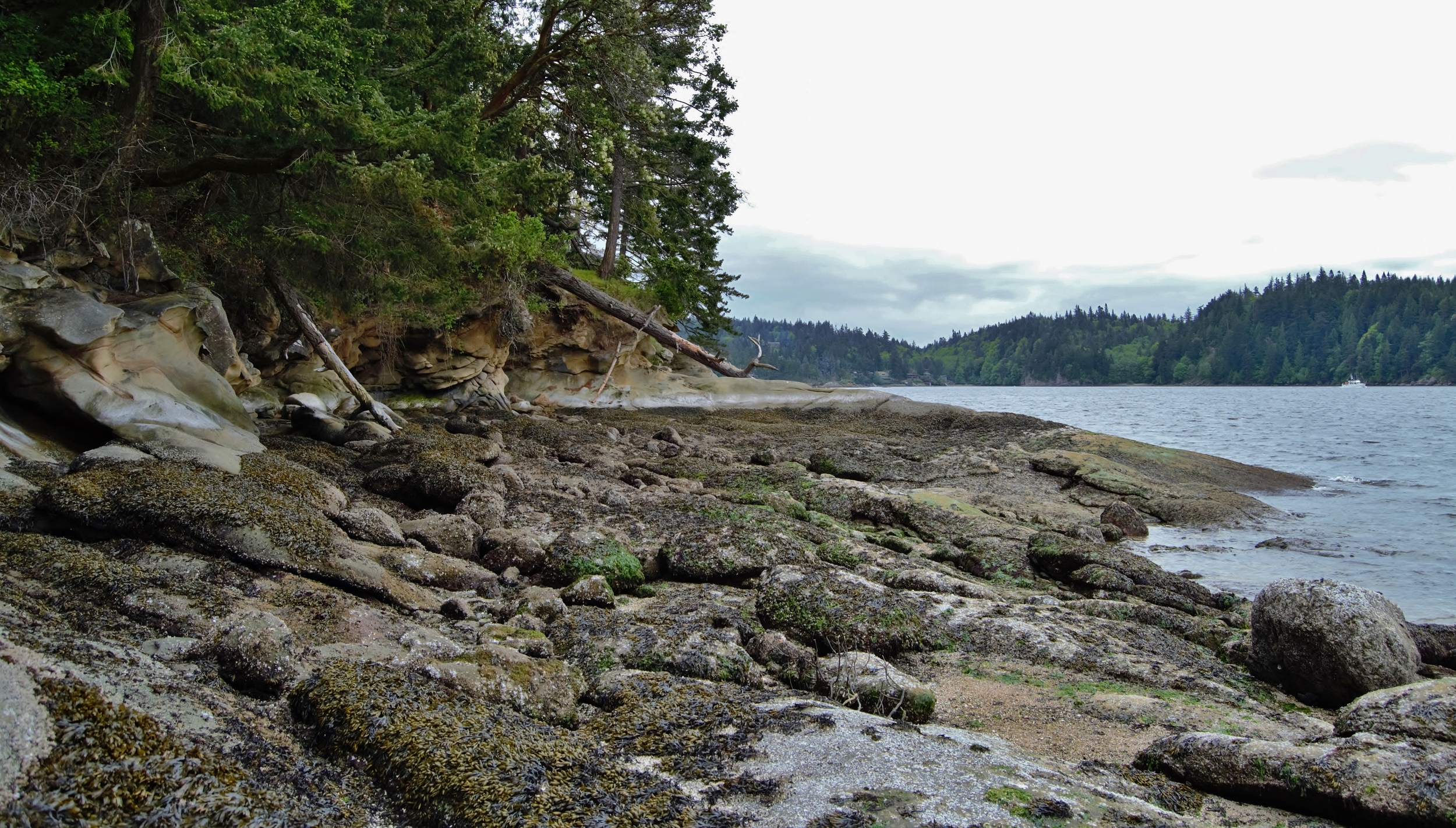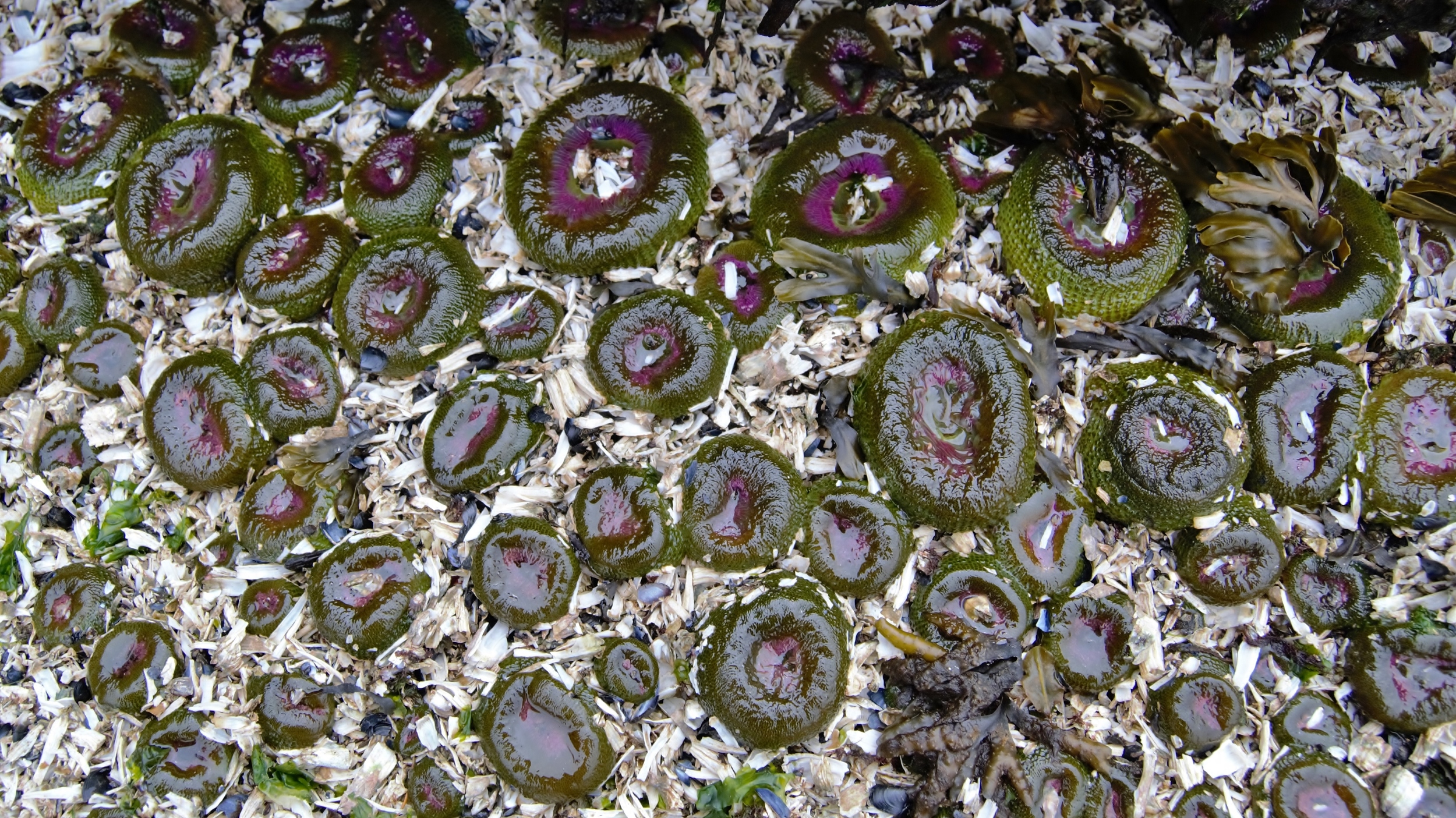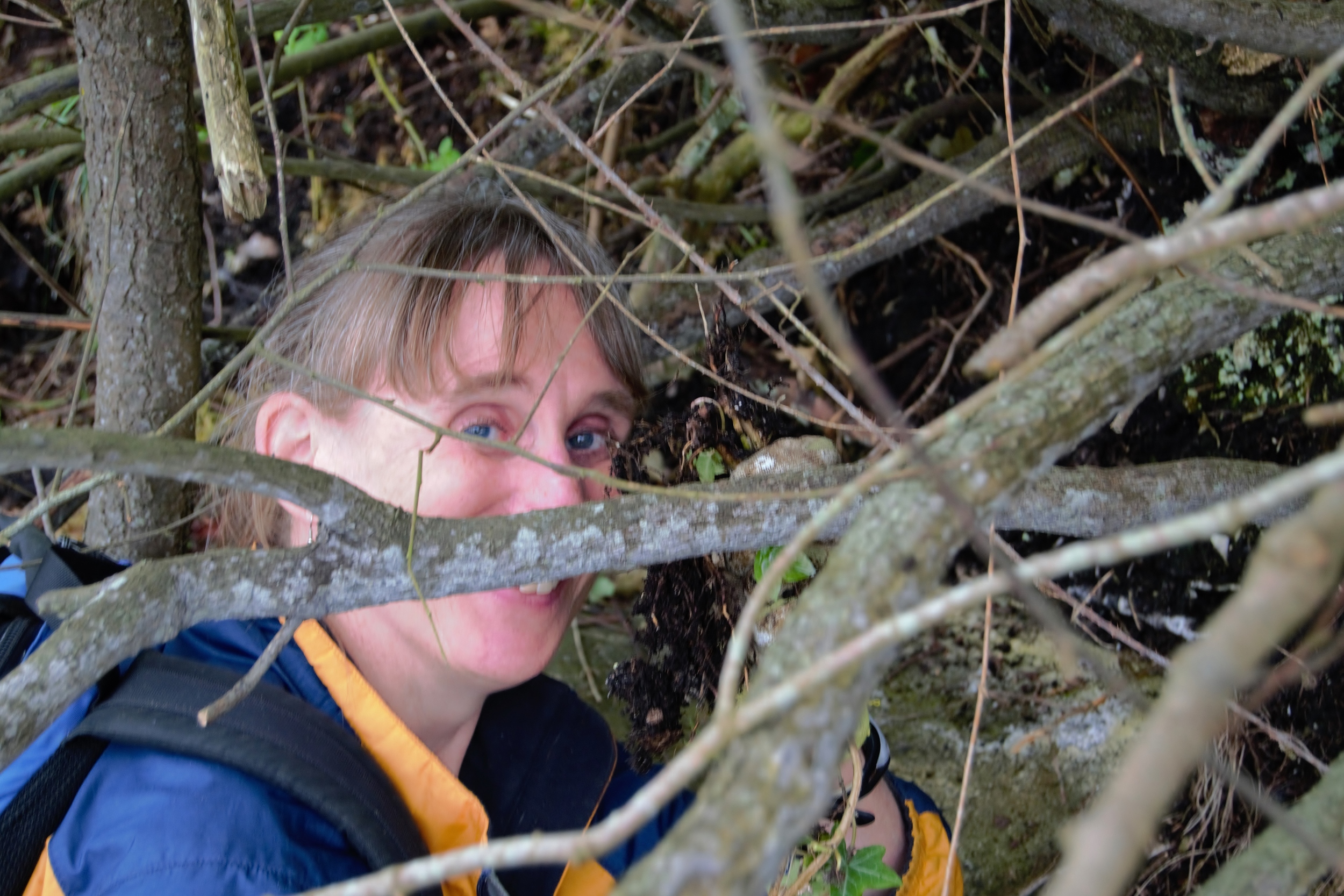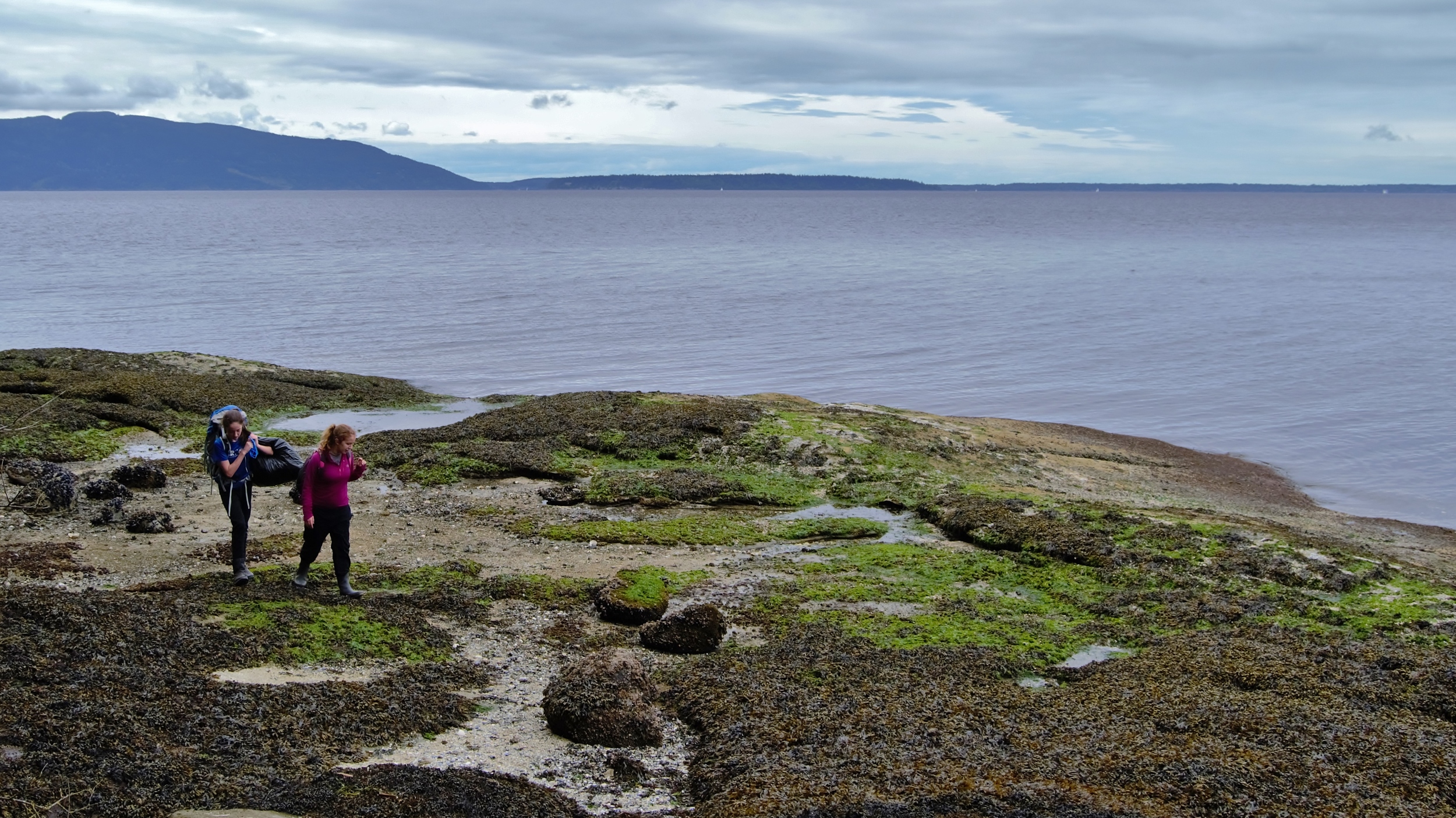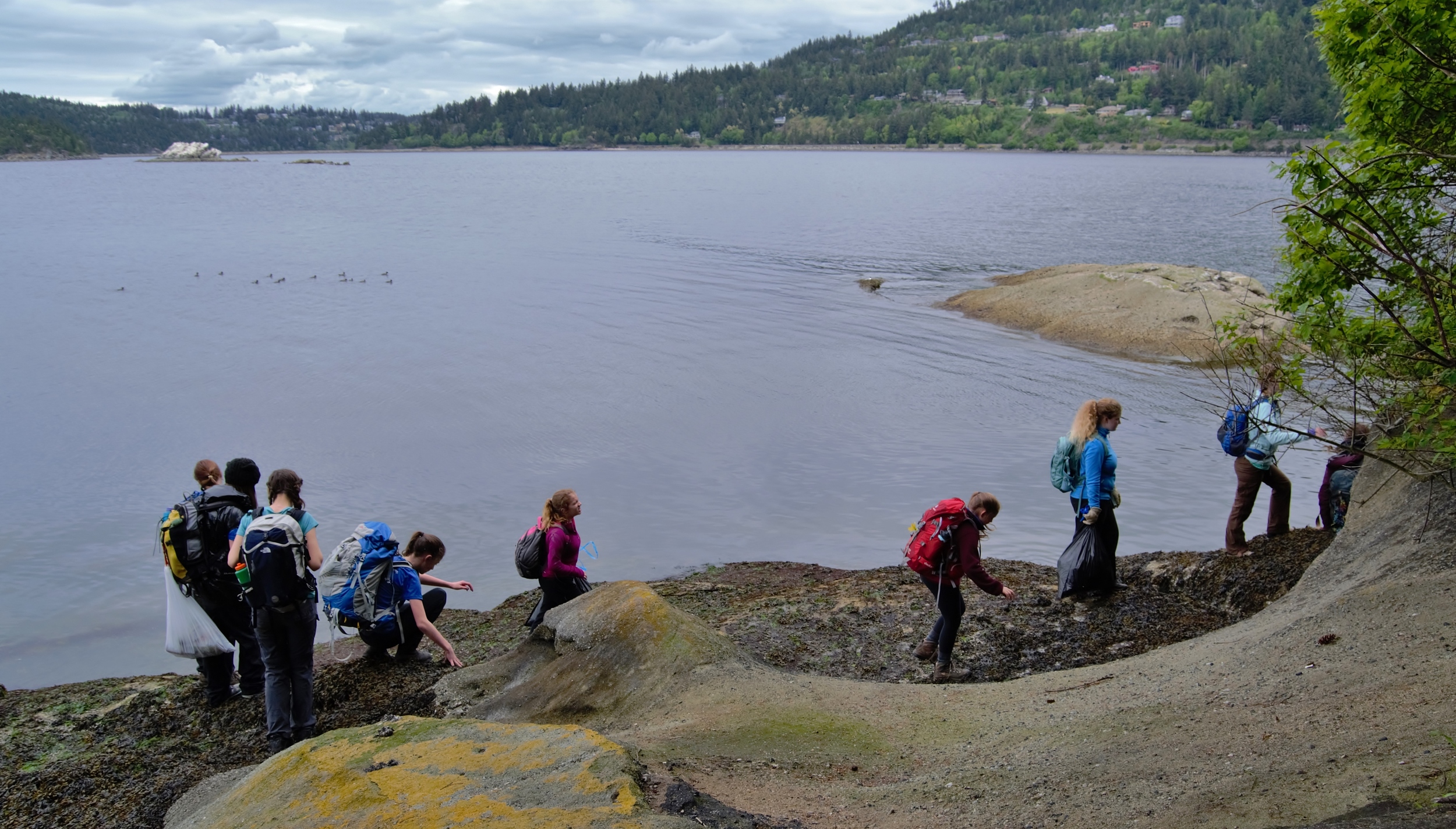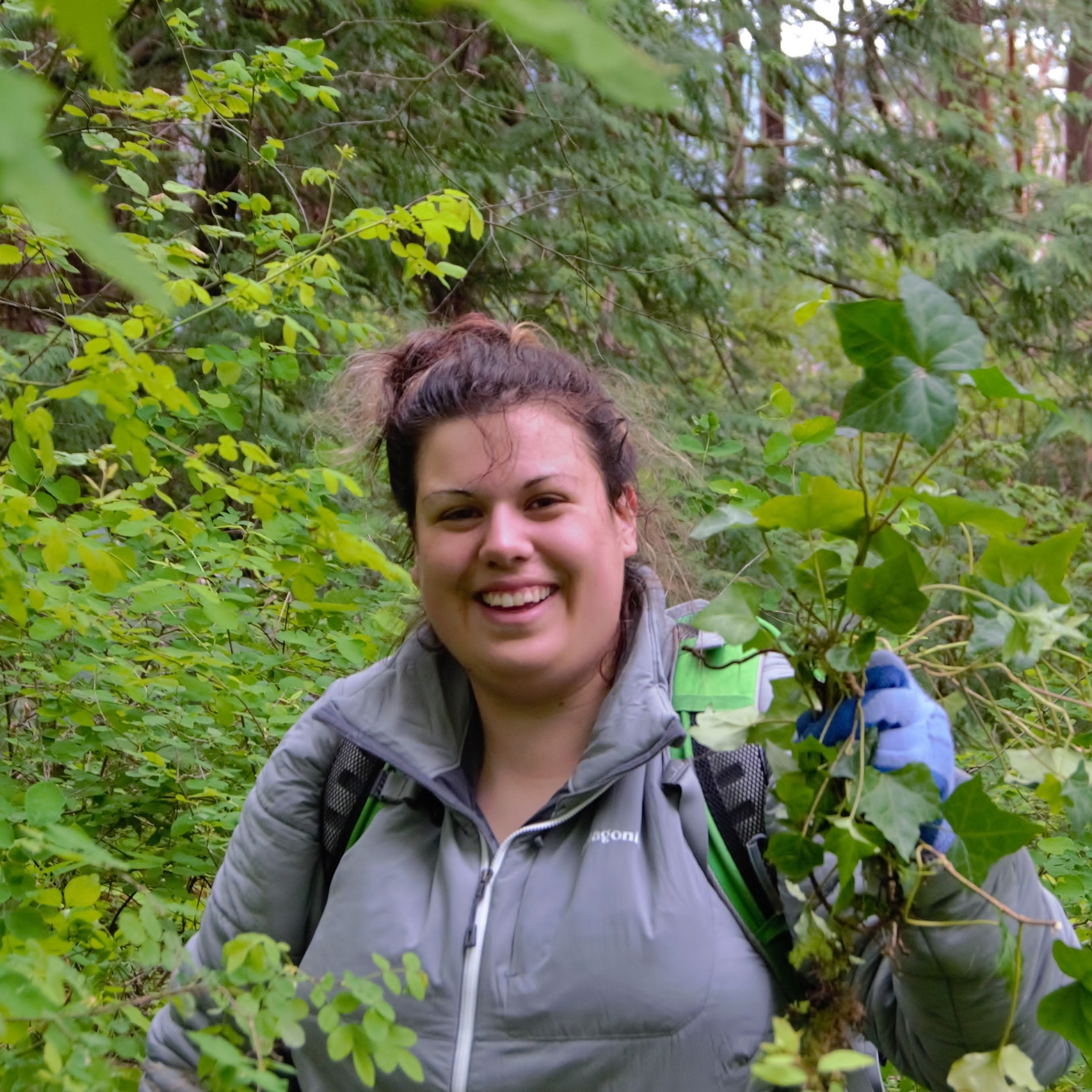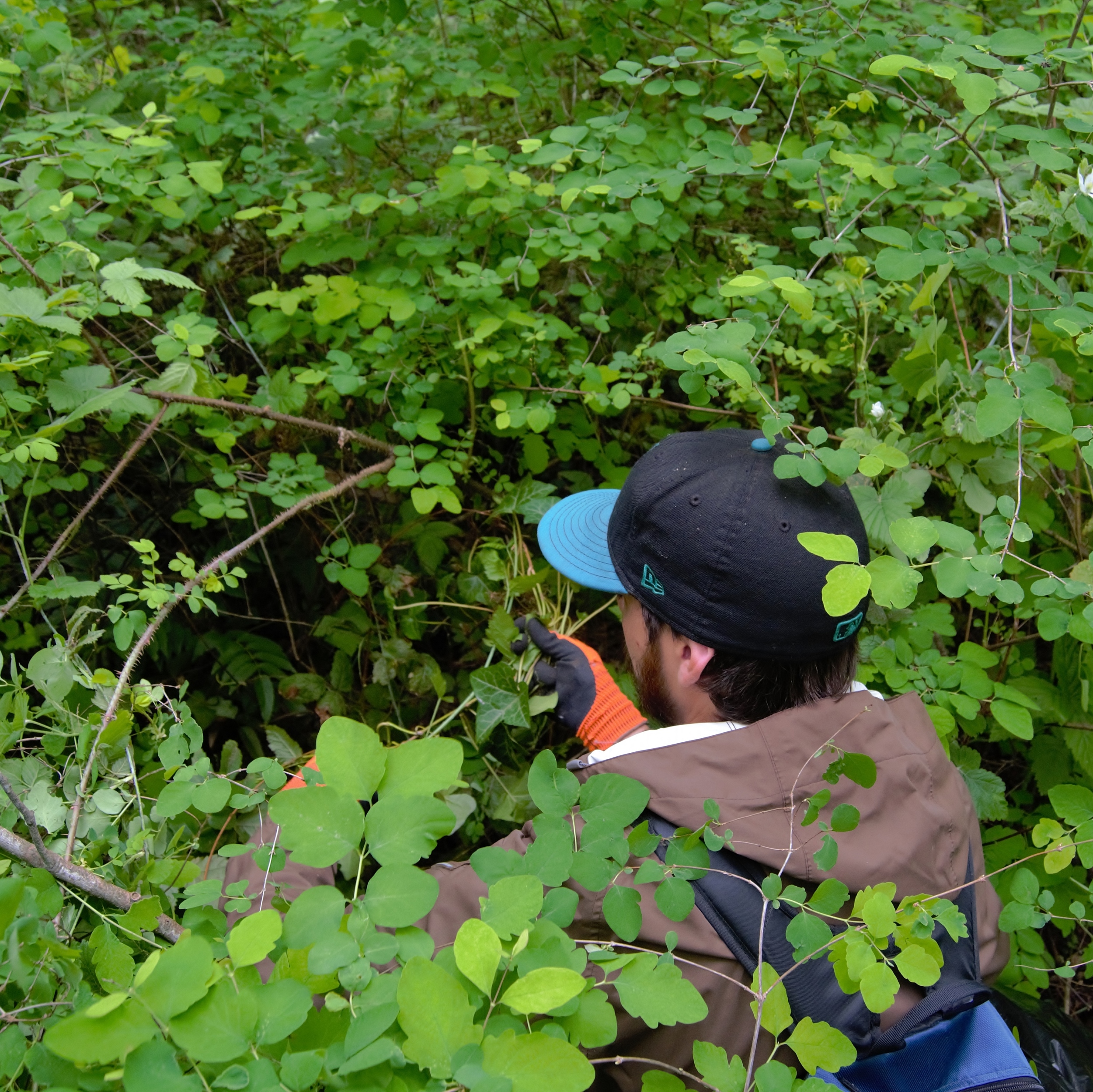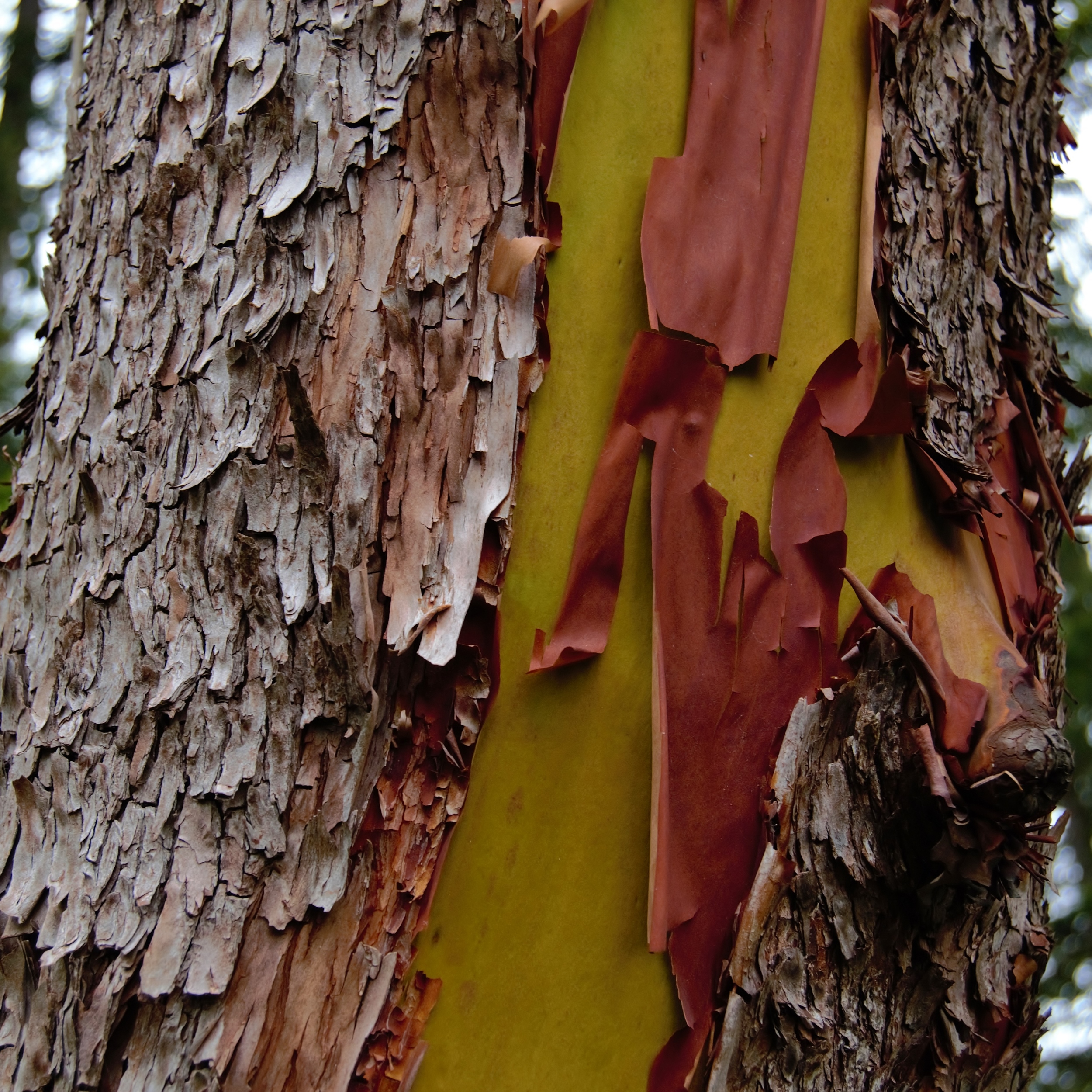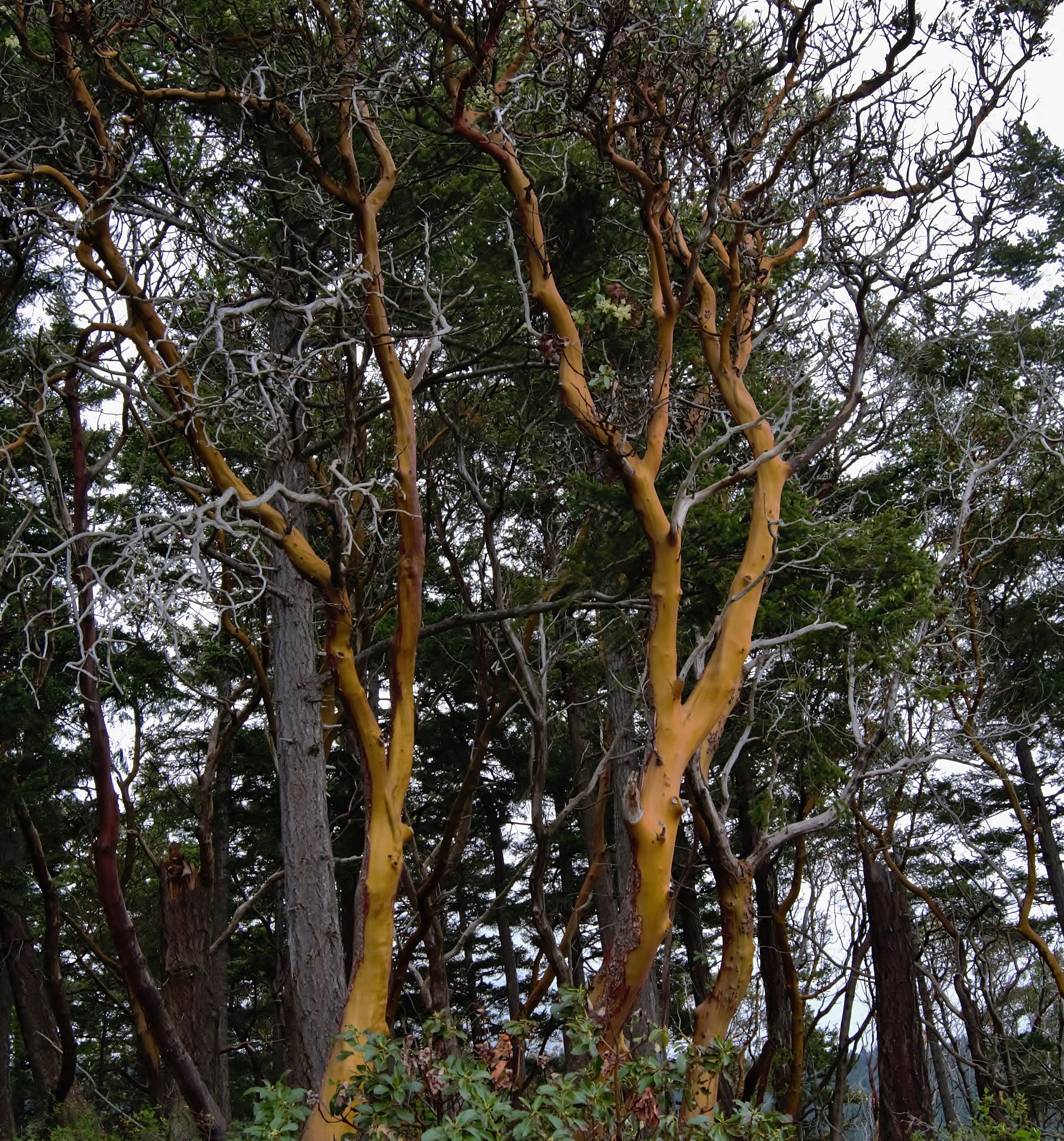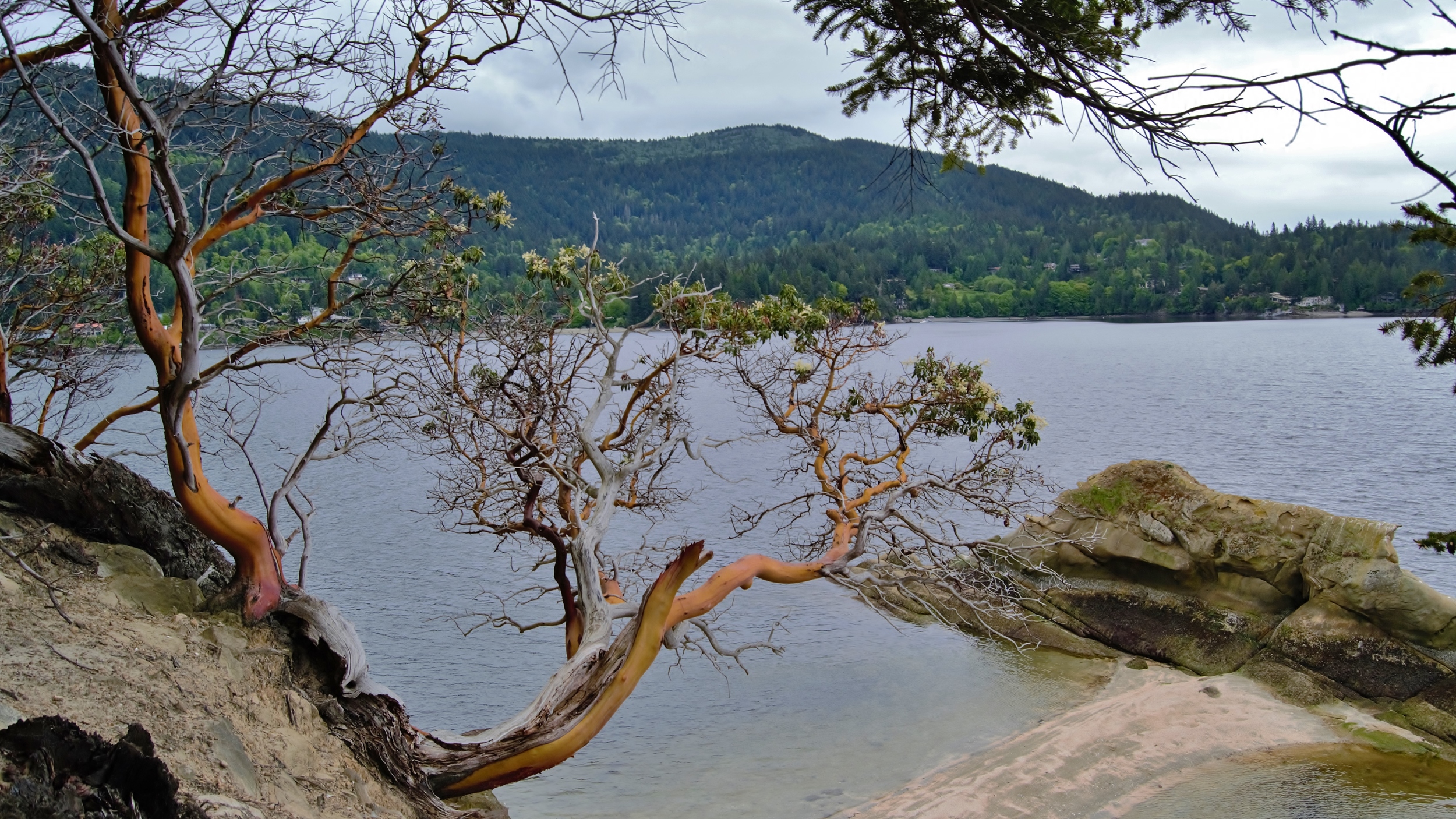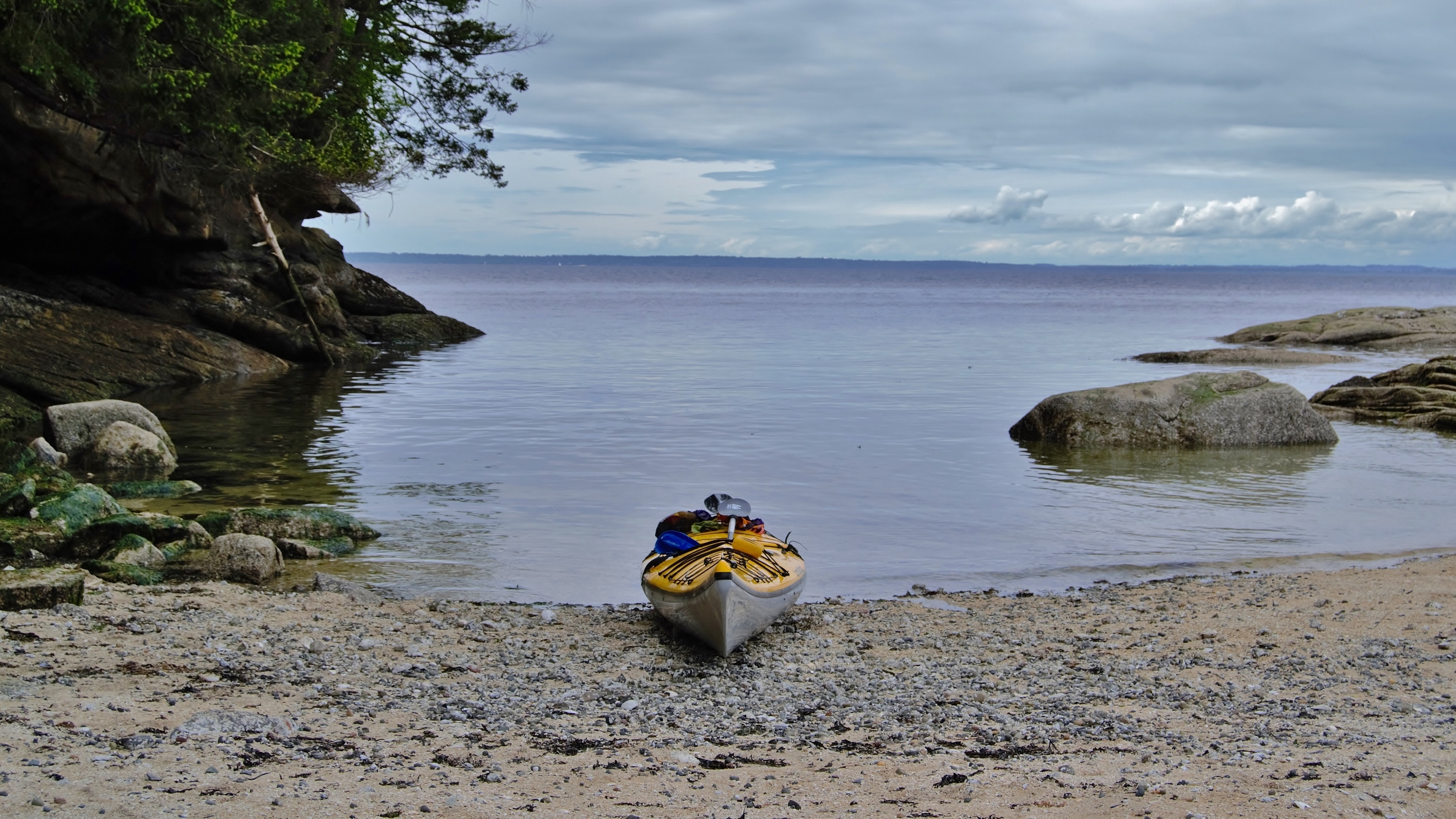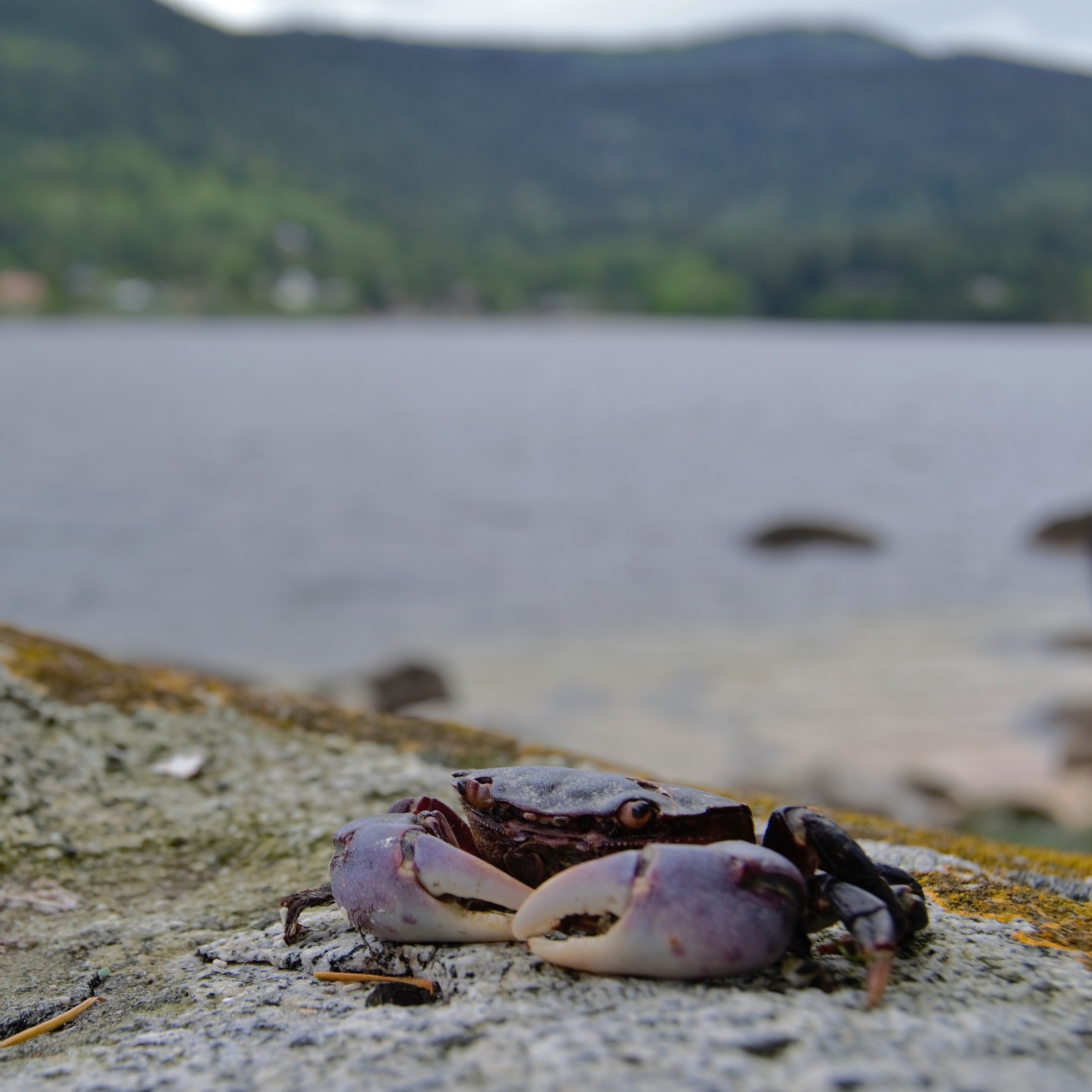Olympia is on the leading edge of planetary appreciation, celebrating Earth Day all month long!
Earth Day Volunteer Celebration & Open House
Photographed by Anna Snook, Volunteer Photographer
We celebrated our new office & our volunteers in honor of Earth Day! Volunteers helped around the office and checked out our new space, learned more about our work, met staff and other volunteers who make our conservation goals a reality.
Volunteers got to hear short presentations by staff members doing exciting conservation work, and lots of tasty food and beverages with great company! See the photos in the slideshow above!
Learn How you Can Volunteer!
Chuckanut Island Ivy Pull
Written by Ann Frost, Wild Whatcom’s Girl’s Explorer’s Club
Drawing by Clara Johnson, Wild Whatcom’s Girl’s Explorer’s Club
Photographed by Milo Zorzino, Volunteer Photographer
A mother goose sitting on a nest of eggs, brilliantly colorful starfish on the rocks, dozens of beautiful madrona trees, sandstone carved into patterns by the water, and heaps of shells from natives who lived hundreds of years ago. These are only a few of the amazing things we saw on an expedition to Chuckanut Island with my Girls Explorers Club group from Wild Whatcom, an organization devoted to outdoor exploration and service. We also saw some things that weren’t so great, that shouldn’t have been there: bird skeletons caught in fishnets, a bit of litter and garbage on the beaches, but most of all we saw invasive ivy, and that’s why we were there. The Nature Conservancy gave us a great chance to help preserve Chuckanut Island, an amazing little bit of the natural world.
Chuckanut Island is about five acres, a small island in Chuckanut Bay. Despite the fact that you can hear trains passing on the mainland and houses line the bay in most directions, it still feels like wilderness. A few unmaintained trails trace the edge of the island, and trees over 250 years old host the nests of eagles and herons. Cliffs of sandstone are covered in beautiful swirls and dips, and are dappled with honeycomb patterns sculpted by the sea over centuries of tides going in and out.The very first people on the island, tribes of native Americans, used it seasonally, and left behind are large middens of oyster shells.
We met with community volunteers and a few staff from the Nature Conservancy and took a small motorboat out to the island. We spent 4+ hours on the island, exploring and pulling invasive ivy. For years now, Wild Whatcom has taken groups out to the island, but there’s always more ivy to pull. Ivy and other invasive plants work against the natural biodiversity and can overwhelm native plants, so it’s very important that we devote some time and effort into pulling invasive plants like ivy.
The hours that we spent on the island helped all of us to connect to nature in a very rare and beautiful way. Knowing that we were making a difference and helping the world around us even in a small way was an amazing experience. I, and many others, walked away with a satisfaction and hope that had been lacking beforehand. Thank you so much to the Nature Conservancy for giving us such an amazing chance to connect with and help conserve nature.
In celebration of Earth Day, volunteers came to pull invasive ivy that has started to spread on the island, in order to maintain its nearly pristine conditions. This preserve features intertidal habitat, a wooded trail, and beautiful madrone trees on sandstone cliffs. See more from the day in the slideshow above!
LEARN HOW YOU CAN VOLUNTEER!
Sunrise at Mount Rainier: The April Photo of the Month
Written and Photographed by Ian Phelps, Northwest Photographer
I grew up in Wisconsin. And I love Wisconsin. The people are amazing and we have some pretty good cheese. But the wild landscape of the west was calling me and in 2008 I packed my life into my car and moved to Seattle.
Shortly after moving to Seattle, I recall seeing a photograph of an astonishing subalpine meadow with Mt. Rainier looming in the background. I had never seen anything like it and knew I had to experience the splendor of the wildflower bloom at Mt. Rainier for myself.
Over the years I’ve tried on several occasions to capture the glory of Mt. Rainier’s wildflowers, but the conditions just didn’t come together (a very common experience in nature photography!). However that changed one gorgeous Sunday morning in late August.
Around 1:00 a.m., after a solid two hours of sleep, I left Seattle for the Paradise area of Mt. Rainier. My destination was Mazama Ridge, located just east of the main Paradise area. Since this was my first trip to Mazama Ridge, aside from the location, I didn’t really know where I was going. As an aside, when trying to photograph wildflowers, I highly recommend a visit during the day to scout the location to find a picturesque area of the meadow before the rising (or setting) sun transforms the scene. Nonetheless, in this case I didn’t follow my own advice and arrived at 4:00 a.m.
After a failed attempt at hiking the ridge from the Lakes Trail starting near Reflection Lakes (I told you I didn’t know where I was going!), I opted to try a more direct route from the Fourth Crossing Trailhead. As I stepped out of the car, immediately my senses were jolted to life. The invigorating scent of Subalpine fir and Western hemlock combine with the sweet fragrance of a multitude of blooming wildflowers in the cool the mountain air. As I begin hiking, I become increasingly heartened with each breath of this refreshing mixture.
After 20 minutes I reached the junction with the Lakes Trail atop Mazama Ridge.
As I continued down the ridge, I was overwhelmed by the abundance and diversity of wildflowers along the trail. Soon the clouds began to transform as first rays of morning light painted beautiful hues of pink and orange across the sky, creating a warm glow to fall across the scene. I found a gorgeous area of the meadow and started to take photographs as a small lenticular cloud began to form over the summit of Mt. Rainier. After about 15 minutes, most of the color had faded and I decided to search for another location as I waited for the sun to rise.
I came upon an incredible field of vibrant purple Subalpine Lupine and Magenta Paintbrush. Soon the soft morning light began to stream in across the landscape, illuminating the meadow and producing a riot of color. The small lenticular cloud had grown and now shrouded the entire summit. This was it, the scene I had tried so many times to capture! I soaked in the moment. It was not long after, as the sun continued to rise, that the light became too harsh to produce pleasing images and I was done shooting. It was an incredible experience and one that will remain with me the rest of my life.
About the shot: I took this photograph using a Canon 5D Mark II and Canon 17-40mm f/4 lens with a circular polarizer and a graduated neutral density filter to balance the bright sky and darker foreground. Since I was using a wide-angle lens, I chose a small aperture (high f-stop) to create as much depth of field as possible.
Ian Phelps is a nature photographer based in the Pacific Northwest. Website coming soon! Contact info@ianphelpsphotography.com with any inquires.
White House Recognizes Puget Sound, Snohomish County Work
For Healthy Rivers, Farms, Communities in the Face of Climate Change
Written by Cathy Baker, Federal Director of Government Relations
Photograph by John Marshall
On the eve of Earth day, the White House recognized Puget Sound as a model for climate change adaptation, making it one of four places in the U.S. where increased cooperation will aid in preparation for the impacts of climate change –including sea level rise, drought, flooding and wildfires.
The Puget Sound region was showcased in the Resilient Lands and Waters Initiative for outstanding efforts in local, state, federal and tribal partnerships around Puget Sound recovery. The release highlights recent successes and builds momentum for efforts to restore floodplains, preserve farmland and reduce flood risk through the innovative Floodplains by Design program and Snohomish County’s Sustainable Land Strategy.
Read the Seattle Times story for more coverage.
“We are living with the evidence of a changing climate,” said Mike Stevens, Washington State director for The Nature Conservancy. “Longer and more intense winter flooding, low river flows in the summer, and rising seas are affecting both cities and farmlands in the Puget Sound region. “
In Snohomish County, local leaders have developed the Snohomish Sustainable Lands Strategy which brings together Tulalip and Stillaguamish Tribes, government agencies, and local agriculture, and other interests to tackle these issues together.
“Thanks to Sustainable Lands Strategy partners, leadership by Snohomish County Surface Water Management, and the support of the Floodplains by Design program, the county has an assessment of risk and a plan to make the river valleys more resilient in the face of those risks, to the benefit of both people and nature,” Stevens said.
“We are trying to prepare for the future under changing climate conditions,” said Terry Williams of the Tulalip Tribes, a key partner in collaborative efforts underway in Snohomish County. “In the Snohomish River Delta we are getting 500-year-floods more frequently, early spring flooding, early drought. Eighty percent of the delta was diked 100 years ago, and we lost a lot of fish habitat. Mix that with land use that includes forestry, agriculture and urban development—all of that affects the landscape.”
“We’re figuring out how to address these landscapes, these changing conditions, and capitalize on them so we become stronger, rather than weaker,” he said.
“This designation speaks volumes about what we’ve accomplished,” said Tristan Klesick, of Klesick Family Farms. “It’s not easy work, but it’s valuable and important. We have to be stewards of the environment and the economy – we have to have a place for salmon and salamanders, corn, broccoli and milk, homes, schools and hospitals.“
“We look forward to engaging in this opportunity to build upon our efforts to bring government and our communities together to address the natural resource challenges we face,” said Snohomish County Council Chair Dave Somers.
The Nature Conservancy has contributed both science and leadership to this work.







